Nostalgia is a big business. Old movies are being remade. Old bands come back for reunion tours. And car makers revive hallowed nameplates, especially from the land of the rising sun. Supra. Z. GT-R. NSX. But what’s missing from that group? The Mitsubishi 3000GT VR-4. Maybe it’s not worth it to Mitsubishi, who’s in deep financial trouble and doesn’t seem to be very interested in making cars that leave an impression.
But I’d like to change their mind.
Get one
- The most beautiful car ever made
- The feel of hydraulic steering
- You won't see yourself anywhere else
Don't get one
- Parts are not exactly easy to find
- Some rattles from Diamante chassis
- Pricey then. Pricey now.
1999 3000GT VR-4 Soul Score
9/10
A 90's icon that deserves the same respect as a Supra
The 1999 Mitsubishi 3000GT VR-4 overview
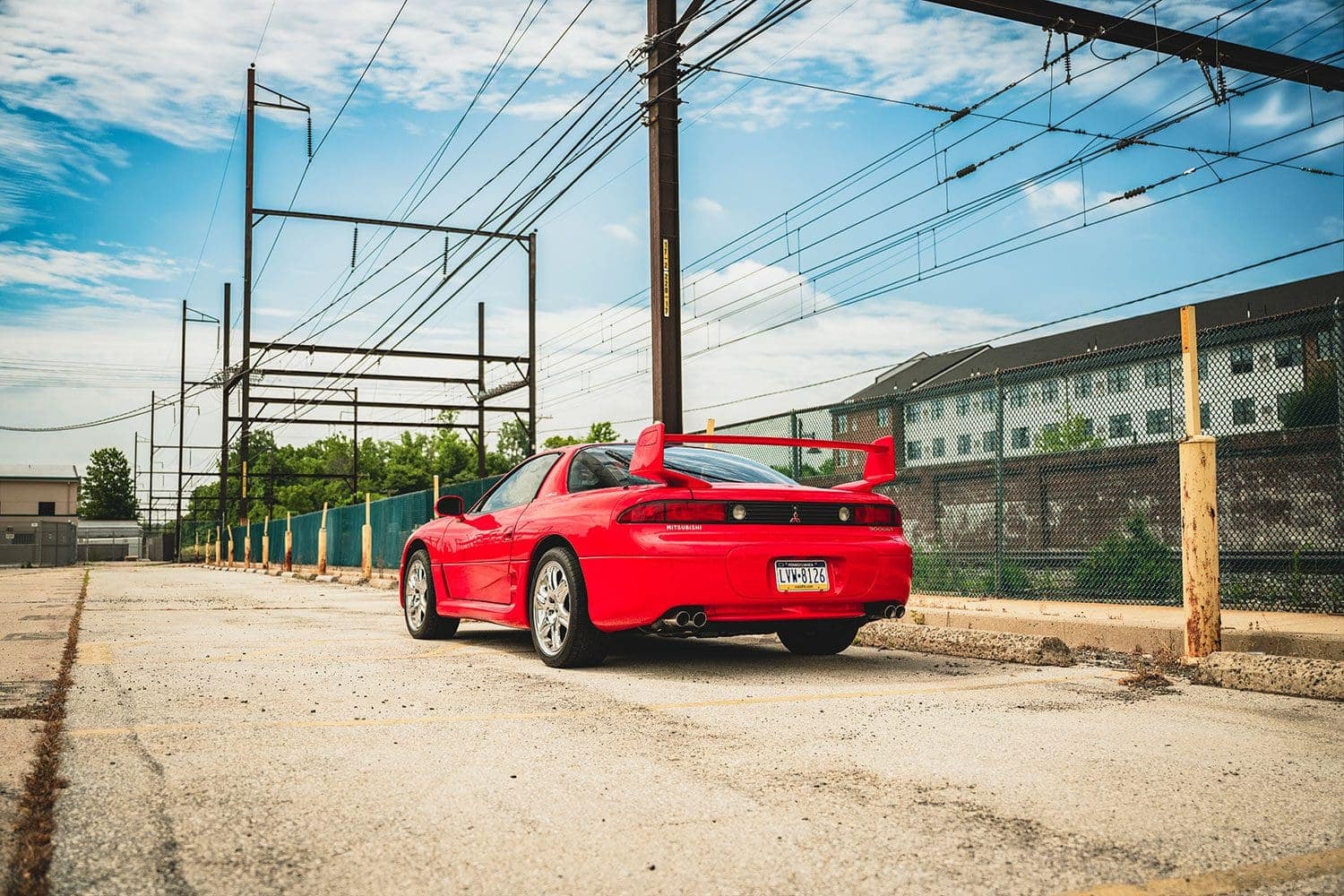
The 3000GT outlasted every single maker’s attempt to enter this segment. By 99, SUVs were coming to power and coupes with no practicality were getting killed left and right. But Mitsubishi still saw reason to update the 3000GT before they let it out to pasture. New headlights, a revised front bumper, and an insane combat wing on the VR-4 helped to modernize the look.
It’s a look that remains fresh all these years later. Everyone complains that concept cars don’t make it to the road without major revisions, but the 3000 feels like someone at Mitsubishi was paying attention to Italian style (actually, thank Dodge for that). Despite the looks, the car is overshadowed by the Mark IV Supra, the FD RX-7 and the GT-R. When Fast and Furious came out, it put even more of a spotlight on those cars. The 3000GT VR-4 was reduced to a cameo appearance.
I don’t think that’s fair, because everything that my G80 M3 has today, this VR-4 had 23 years ago.
Performance score: 8. Twin Turbos on tap
You might have thought that I’d need a big asterisk at the beginning of this article that states how old the car is, but I don’t. Though most of it was taken away by 99, when introduced the 3000GT VR-4 had adjustable exhaust and suspension, active aerodynamics, twin turbos, all-wheel drive and enough luxury appointments to compete with German marquees. What’s missing…a navigation screen? Bigger wheels? Nothing of consequence. Not even under the hood.
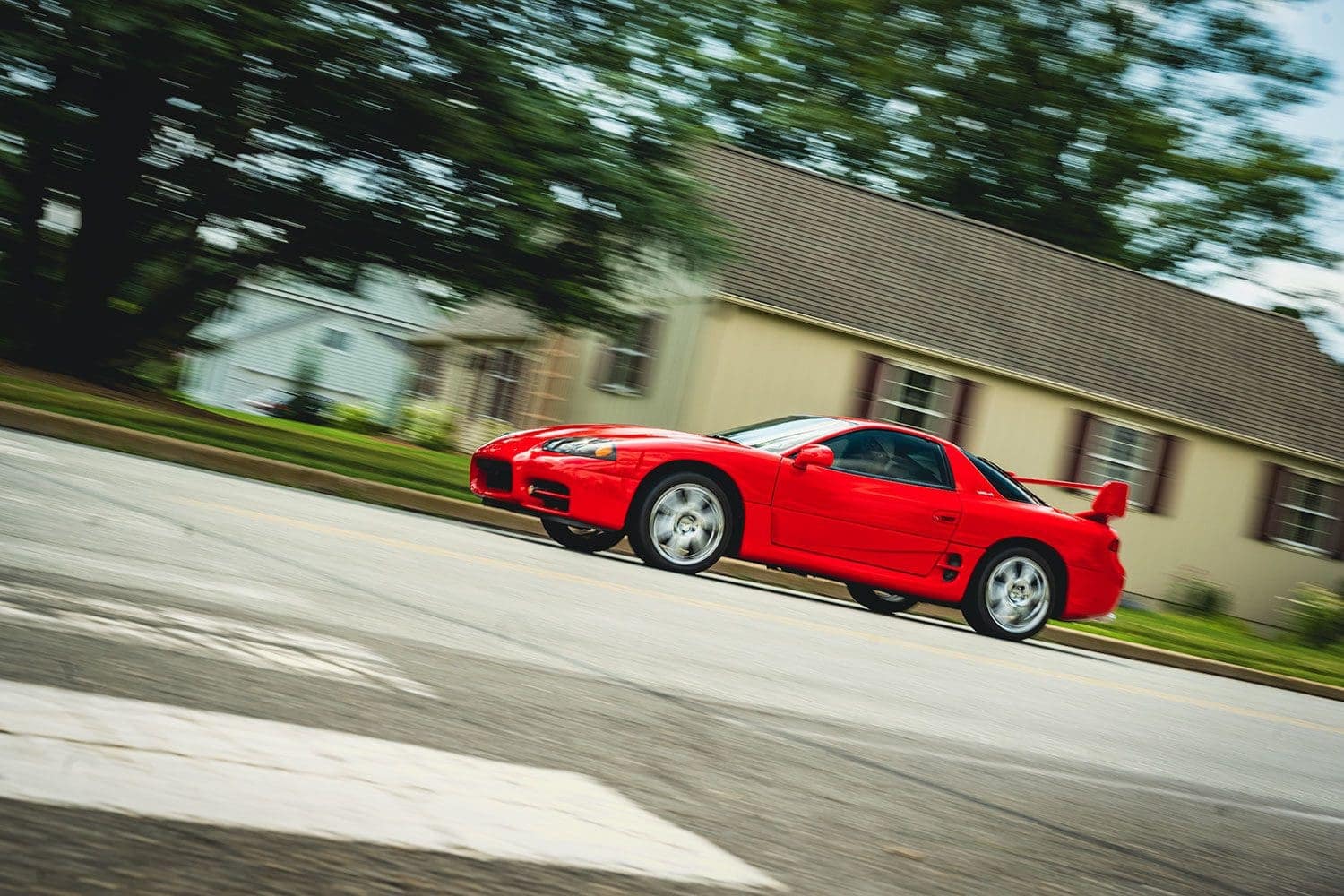
Engine
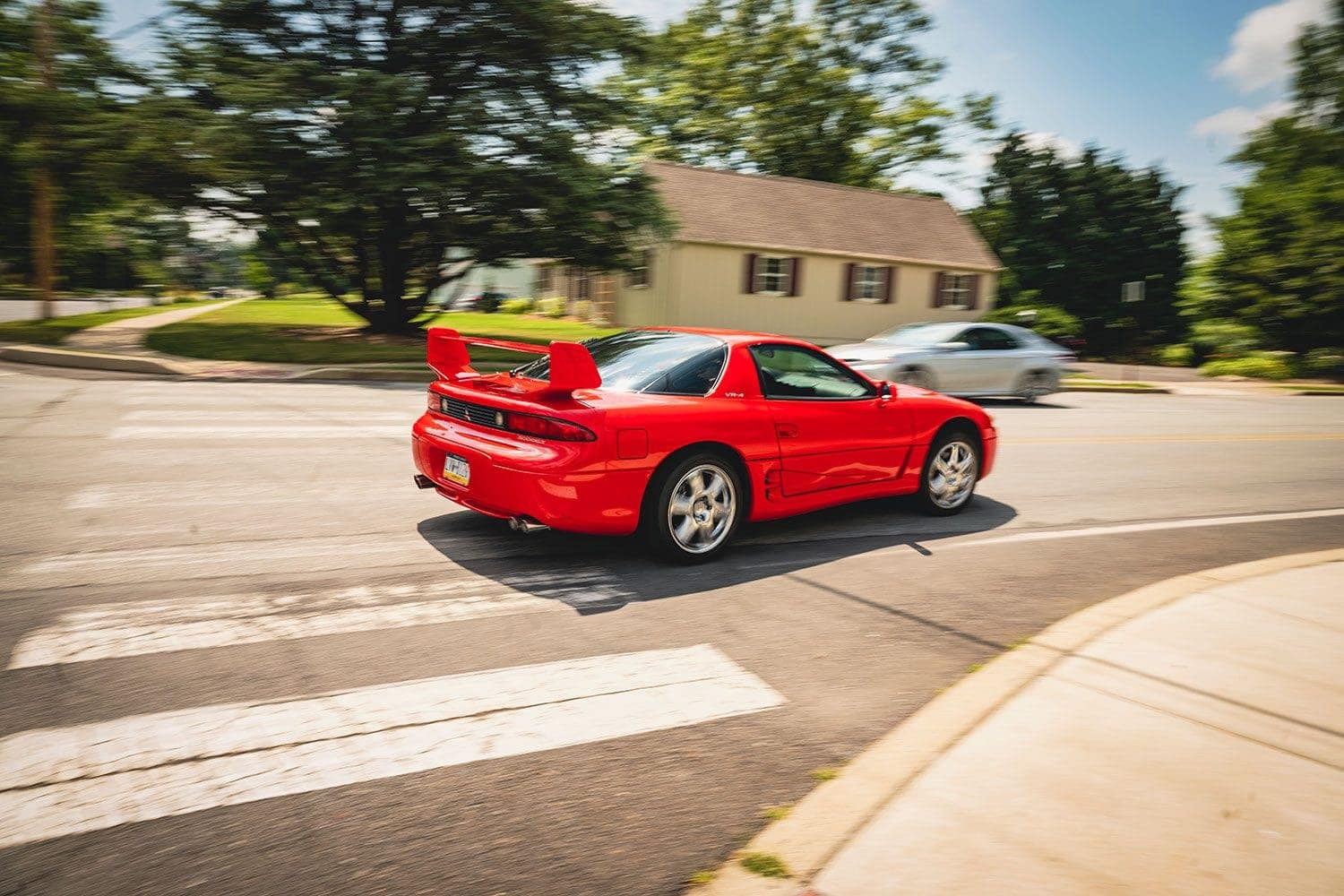
The least exotic part of the VR-4 has always been its 6G72 V-6 engine. The iron block, fitted here with an aluminum DOHC valvetrain, was in everything from a Chrysler New Yorker to the aforementioned Diamante. This engine is mounted transversely due to the 3000’s front-wheel drive origins. But only the 3000GT had twin turbos breathing life into it, good for 320 horsepower and 300 lb-ft of torque. That’s more torque than the V-8 in an E92 M3.
Twisting the ignition key brings the engine to life, and it’s surprisingly loud and growly. How nice to have real gauges, and watching the tach swing to its 7,000 rpm red line is a thrill. Accelerating in the 3000GT VR-4 might not give you a sense of speed like a modern car will, but it does have usable speed. That means you can wring the car out on public roads without requiring a visit to the constable’s office.
Not as smooth as an inline-six in a BMW or Supra, the 6G72 can sometimes be gruff as you shift through the gears. Nissan’s V-6 engines are a bit more refined, but nothing about Mitsubishi’s effort here should deter you. Just please change your timing belt every 60k miles, or sooner if you don’t know how long it’s been.
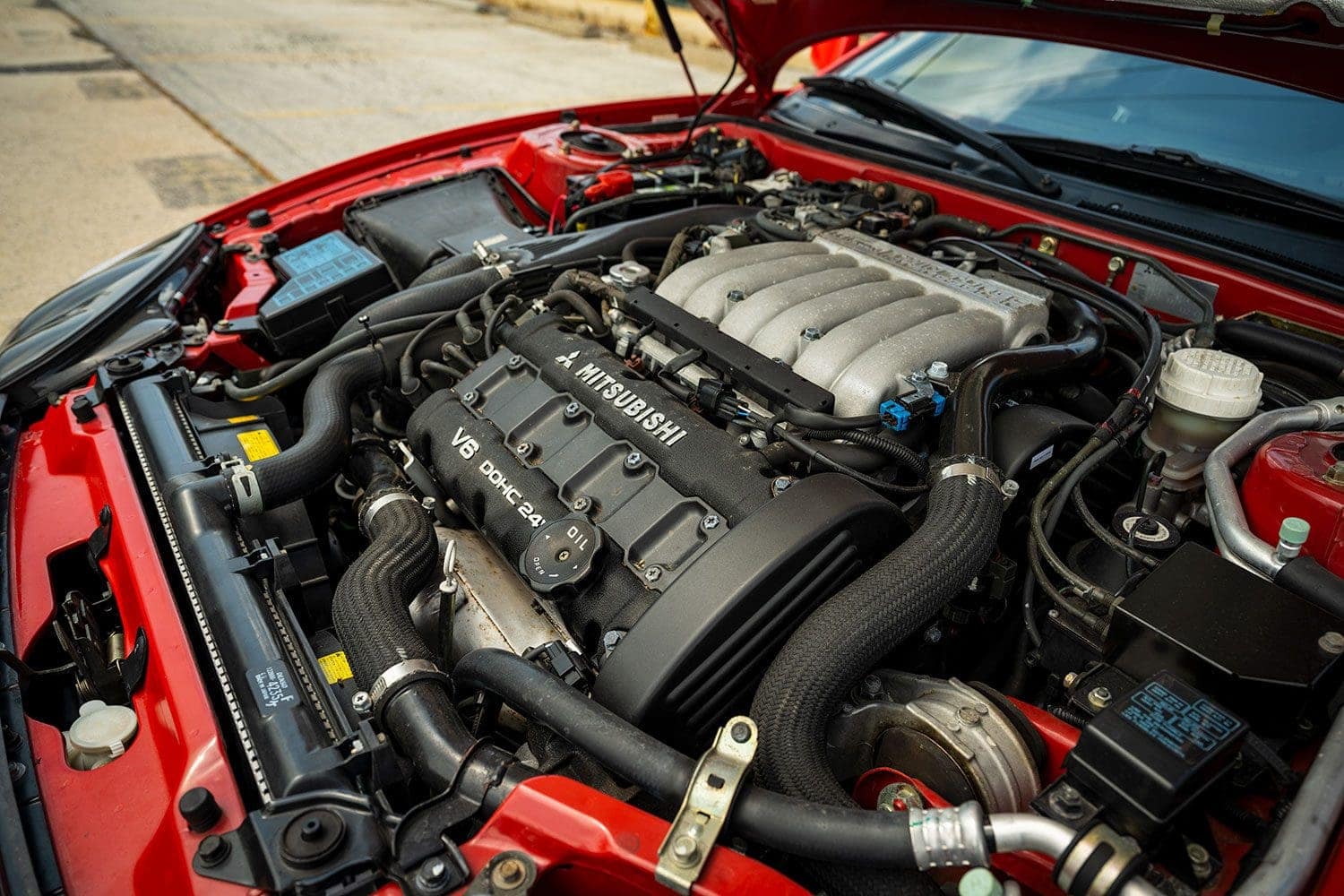
Transmission
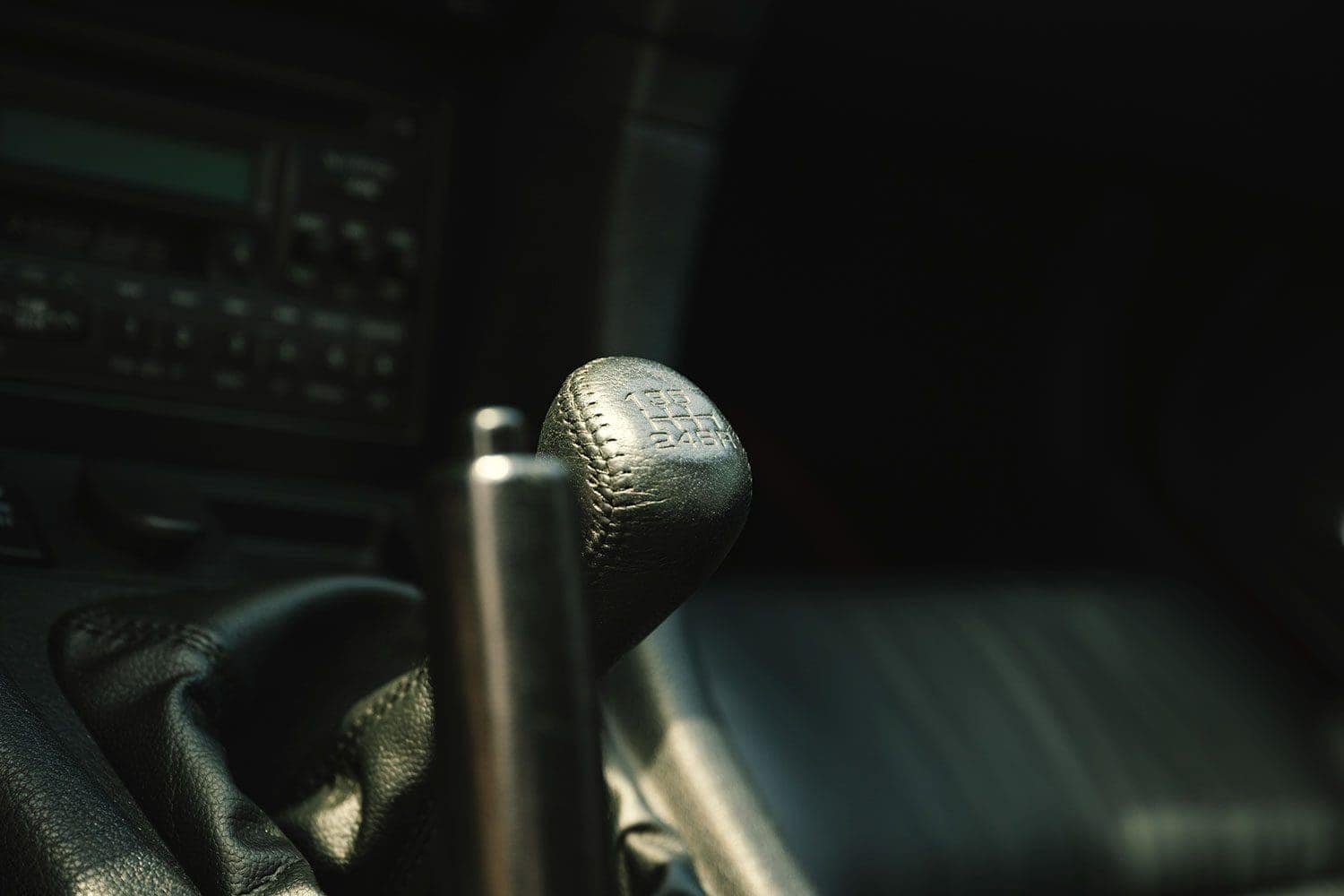
Though early 3000GT VR-4s had five-speeds, 94 and up models received an extra cog. This is easily the weak link in this car. Shifting through the gears quickly isn’t easy due to long throws and clunky linkage. There’s also significant clutch play in some examples, and an adjustment might be needed. And yes, they tend to break a lot.
Still, it’s satisfying to row your own, and the heavy clutch gives you lots of feel as it grabs. They never made a VR-4 with an automatic, even though the Supra had a four-speed for the TT available.
Steering and Chassis
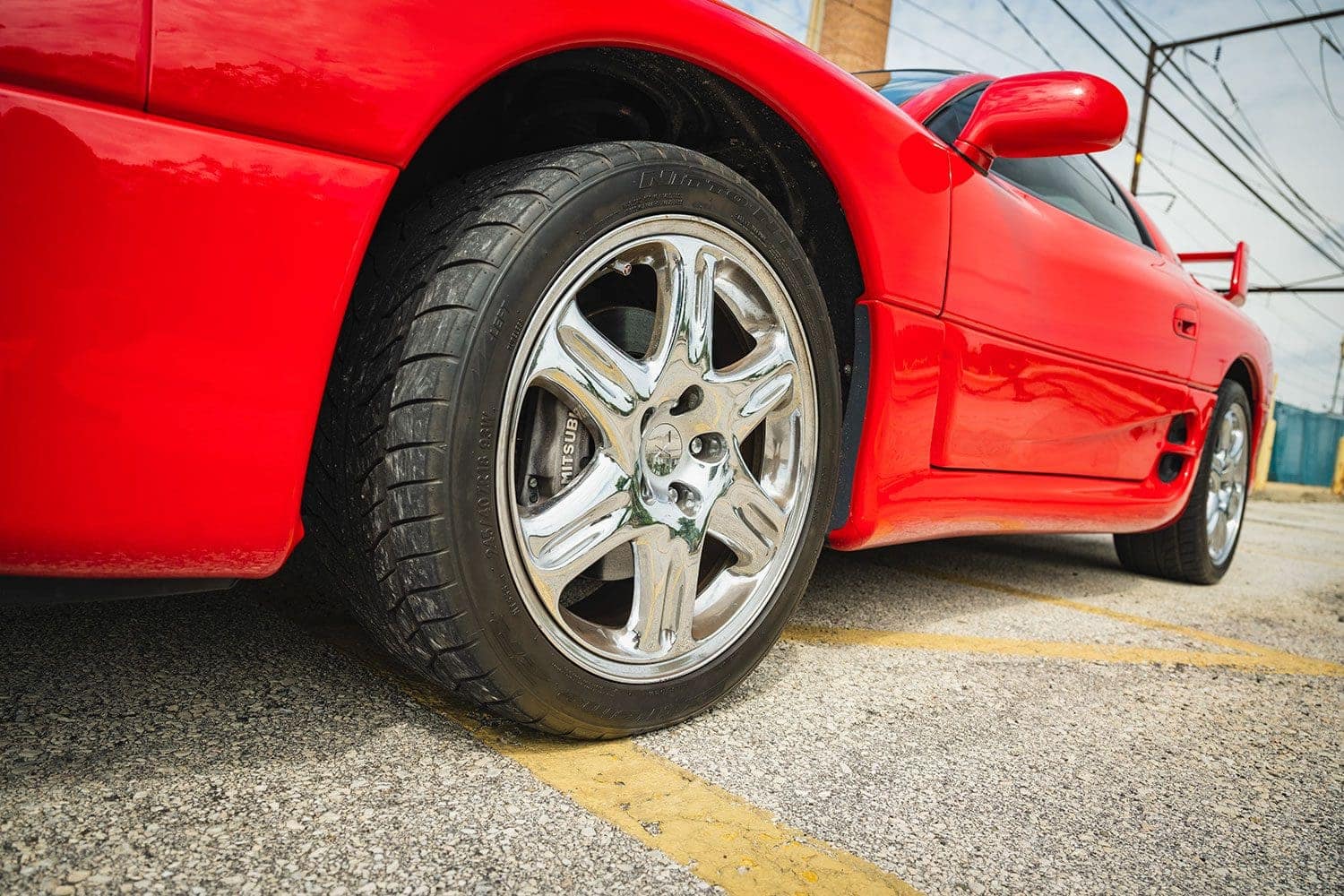
Given the GT’s swoopy looks, magazines of the era were always expecting it to have sports car-like levels of handling prowess. It’s simply too wide and heavy for that. But there’s still a lot to enjoy. The car remains neutral and flat through turns, and though it might be prone to understeer because of its front-wheel drive origins, the front wheels are never overloaded. Most of the power goes to the back, with the front wheels only helping when needed.
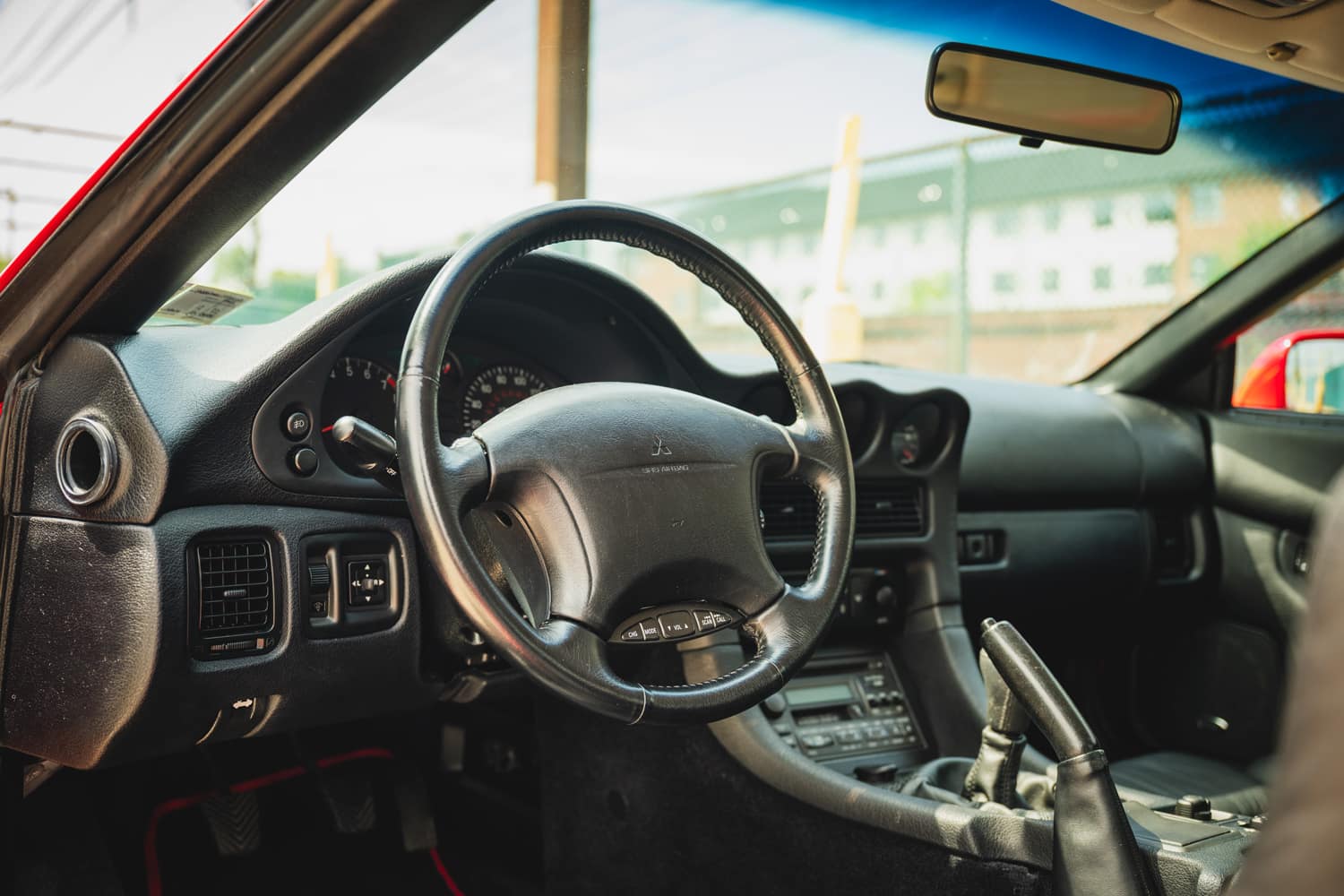
By ’99, the VR-4 lost its adjustable suspension. You never miss it. In earlier models, you can choose between “Sport” and “Tour” settings, but Mitsu seems to have erred on the Sport side when they took out the adjustability. The ride is firm but never harsh. It’s a great balance.
Some credit also goes to the 18-inch chrome wheels. Huge back then, they look tiny now, but appropriate for the car. Bigger wheels would only ruin the ride.
And wow, hydraulic power steering, how I miss you. Turning the wheel provides actual, real feedback. “How much grip is left?” is not a mystery here.
Brakes
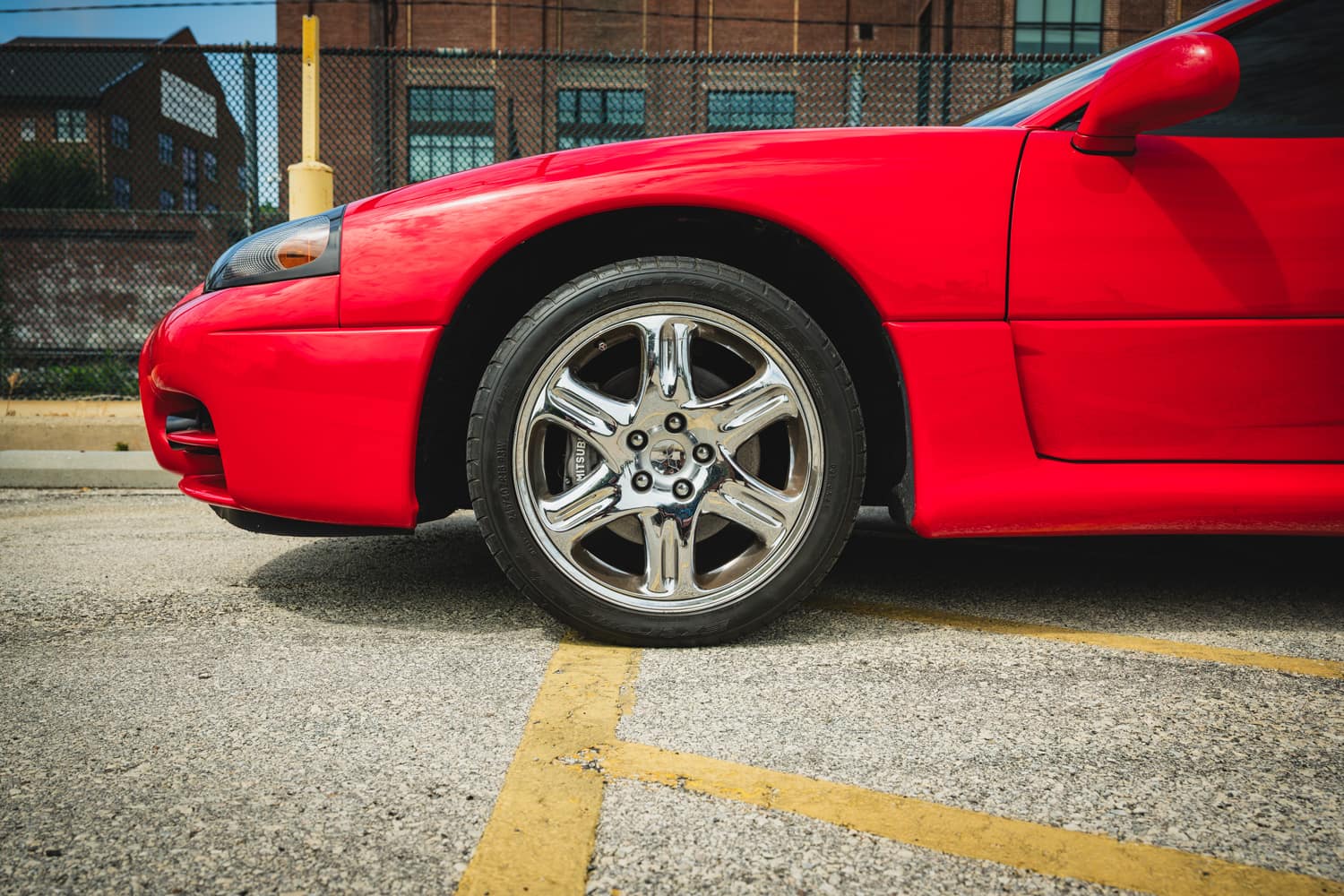
I’m of the belief that those little cross-drilled holes you see on car today are mostly for show, and unless it was ultra-exotic, 90s cars never had them. The 3000GT VR-4 has four-piston brakes up front and “Mitsubishi” written across the caliper, a nice touch. If you want to track your GT, I’d swap in bigger brakes from an Evo, but if you’re looking to keep it all stock, the pedal is plenty firm and reassuring.
Driving a 3000GT requires a little muscle and effort, and it’s a reason I loved the Blackwing so much. As a car to cruise with to the Sunday show, or attack a back road on your own, it’s an amazing tool. Grip is prodigious, there’s plenty of power, and the chassis never lets you down. If you love to drive, this is a car you’ll easily want to spend time with.
Lifestyle Score: 4. Padded shelves

If you’re a front passenger in a 3000GT, count your blessings, because anyone in the rear will need to delete their legs. And if you do get back there, you’ll have an amazing view of the B pillar.
It’s much better to fold the seats down and make the hatch-accessible trunk larger. But because of the spare tire, the floor is raised. It might be more practical than an RX-7, but for such a big car, there isn’t much room beyond the front seats.
And if you’re wearing a helmet? Better duck. The roof is low. My wife often says “the price of beauty is pain”, so ignore the rub of your scalp on the headliner.
Fuel Efficiency score: 6. Does what it’s supposed to.
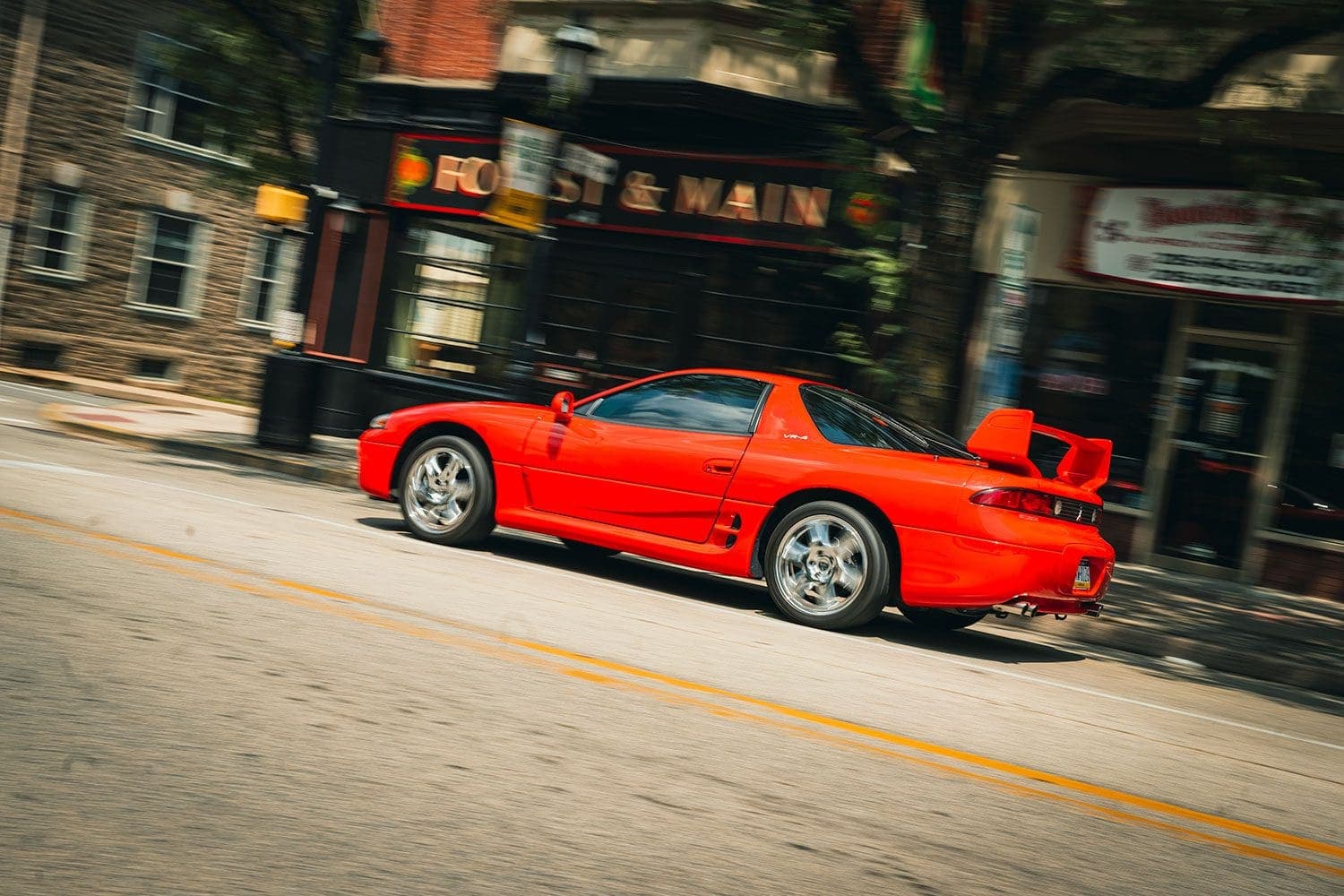
The EPA says the 3000GT VR-4 will get 18 mpg in the city, and 24 on the highway. In reality, you’ll likely get a little worse than that because you love turbo torque. That puts it on par with my G80 M3.
In fact, to put things in perspective, let’s compare an M3 Competition with the all-wheel drive and automatic vs this GT. That M3 weighs more (almost 4,000 lbs), and with an automatic, averages 16 and 22, respectively. You might do a little better on the highway, where BMWs usually excel with economy. And it’s not exactly apples to apples. The M3 is far more powerful and much nicer to polar bears. But in nearly 30 years of automotive advancements, have we actually made any?
Features and Comfort: 8. Voltron.
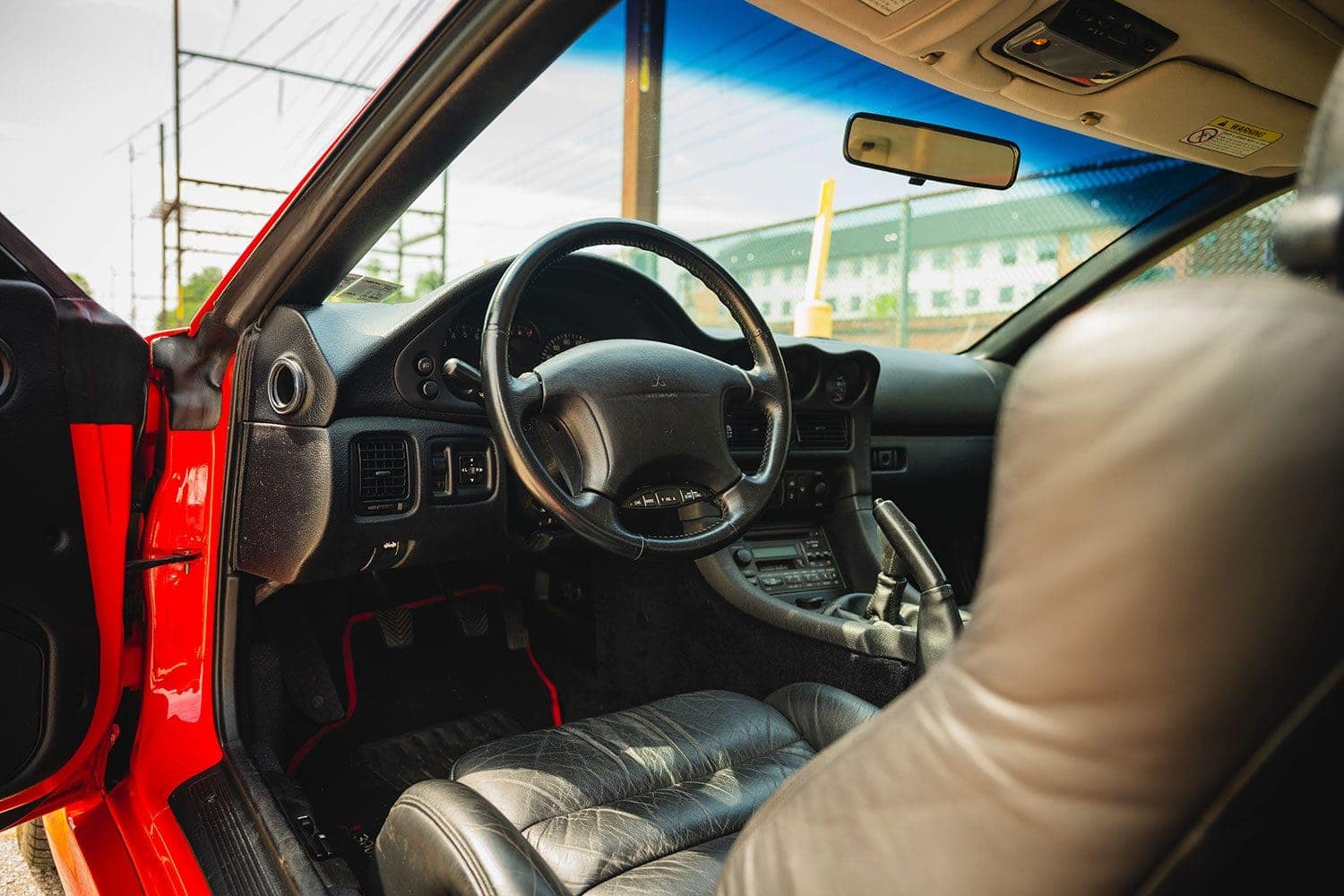
A car with this much kit in the 90s should be a 10, but to save on cost, Mitsubishi cut out a few features. What you’re left with is blank switches on the dash, where the ECS and active aero used to be.
But those things aren’t what makes a 3000GT VR-4 special, because this car still managed to make me smile.
Retro Lux
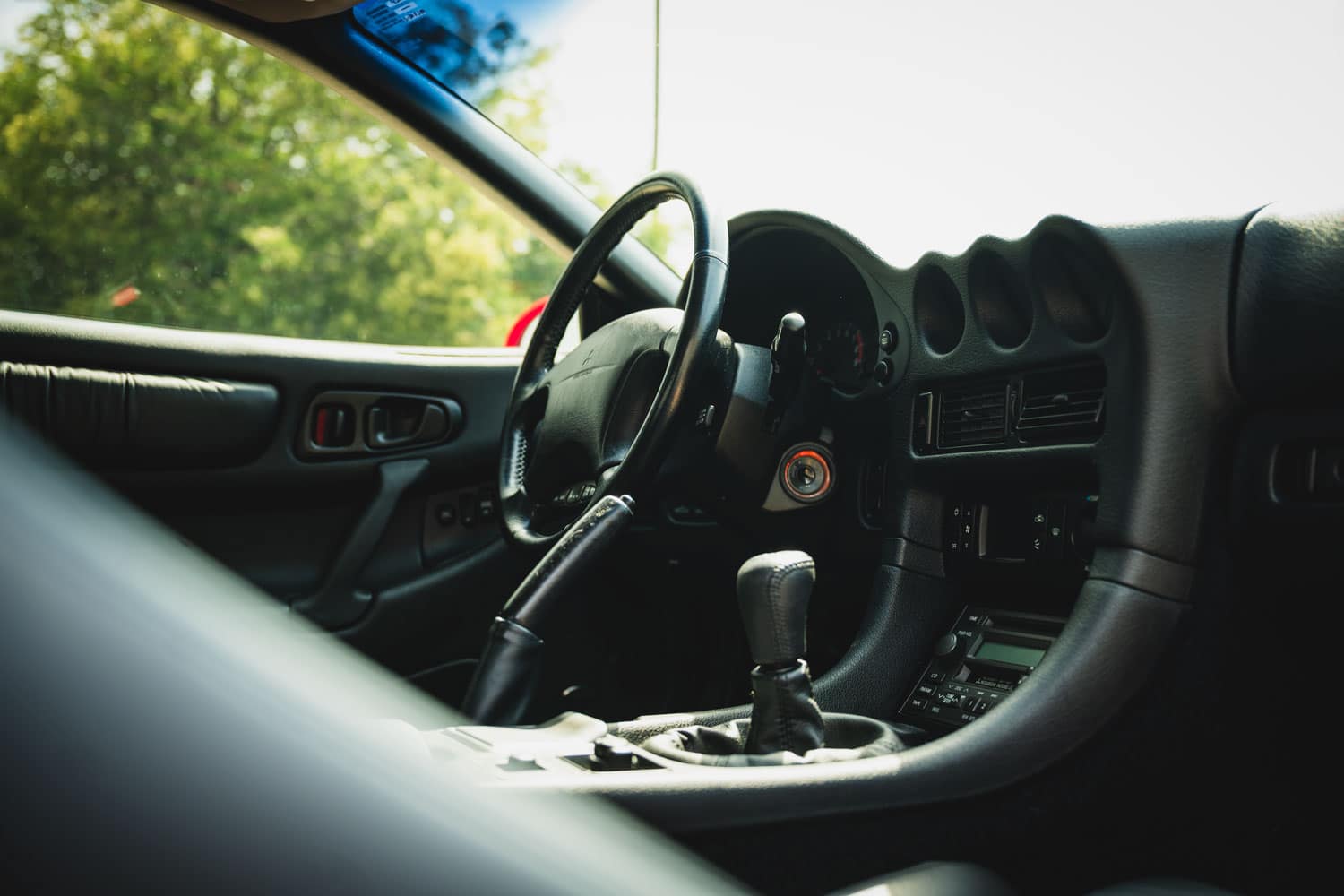
It was possible to get a VR-4 with cloth, but not in later model years. You could choose from black or tan inside, but if you chose tan, the dash was still black. I think it looks nice, and the plastic is soft to the touch if you squeeze it. Nothing hard like today’s stuff. And overall, the car looks like it belongs in the price class it came from.
Adjustable bolsters for the driver’s seat make getting comfortable pretty easy, and three gauges sit on top of the central dash. The only other car to set a cockpit up like this is Nissan’s original Z, so even things made in the 90s were using nostalgia. And a big, leather-wrapped steering wheel feels good to the touch. Radio controls on the bottom were a novelty in 1999. There’s even automatic climate control with a digital layout here.
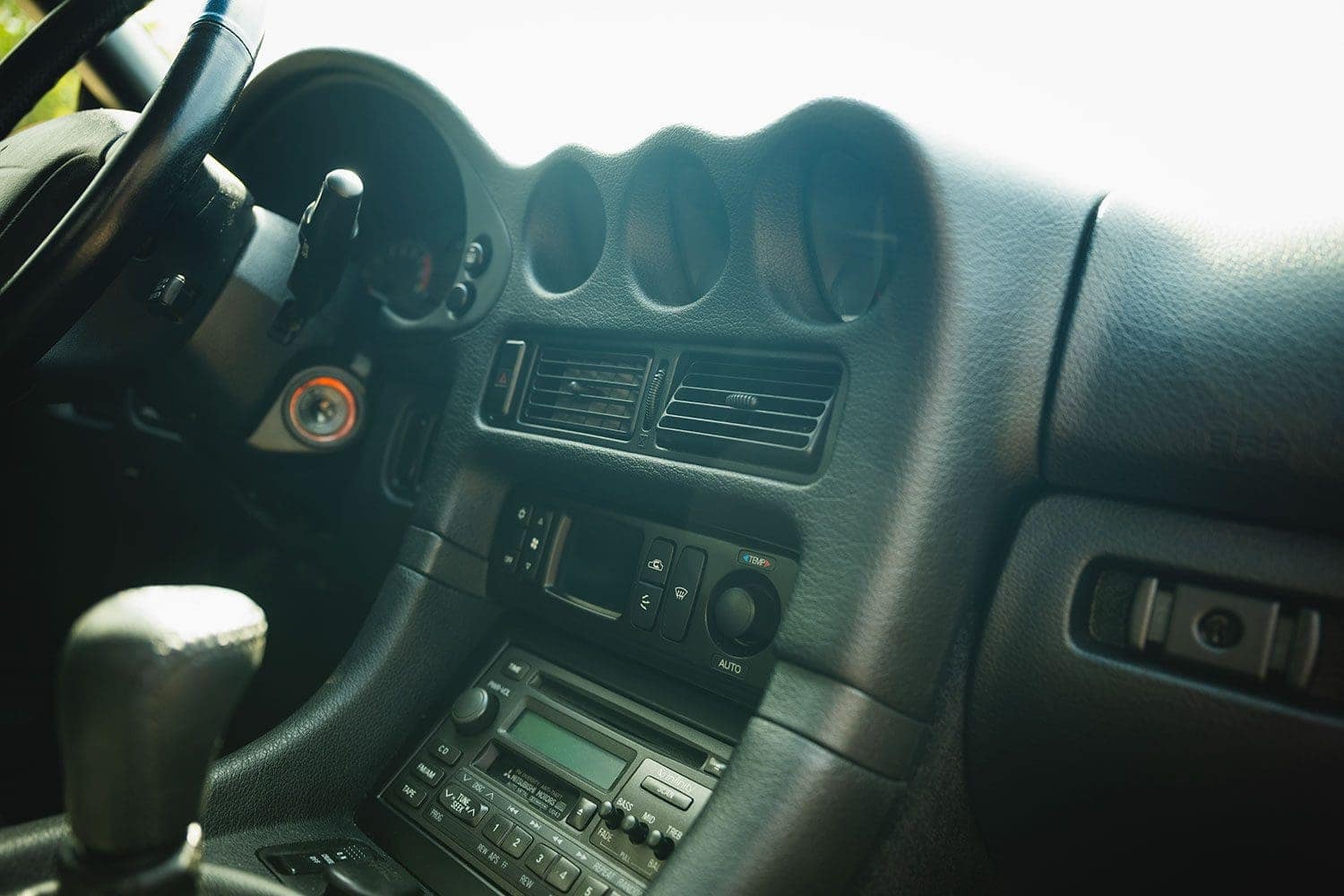
Although it’s a haphazard layout, with buttons for cruise control and fog lights all over the place, once you learn it, it’s fun. Ever see the inside of a fighter jet? That’s what the 3000GT is like. It feels special.
Shake, rattle and roll
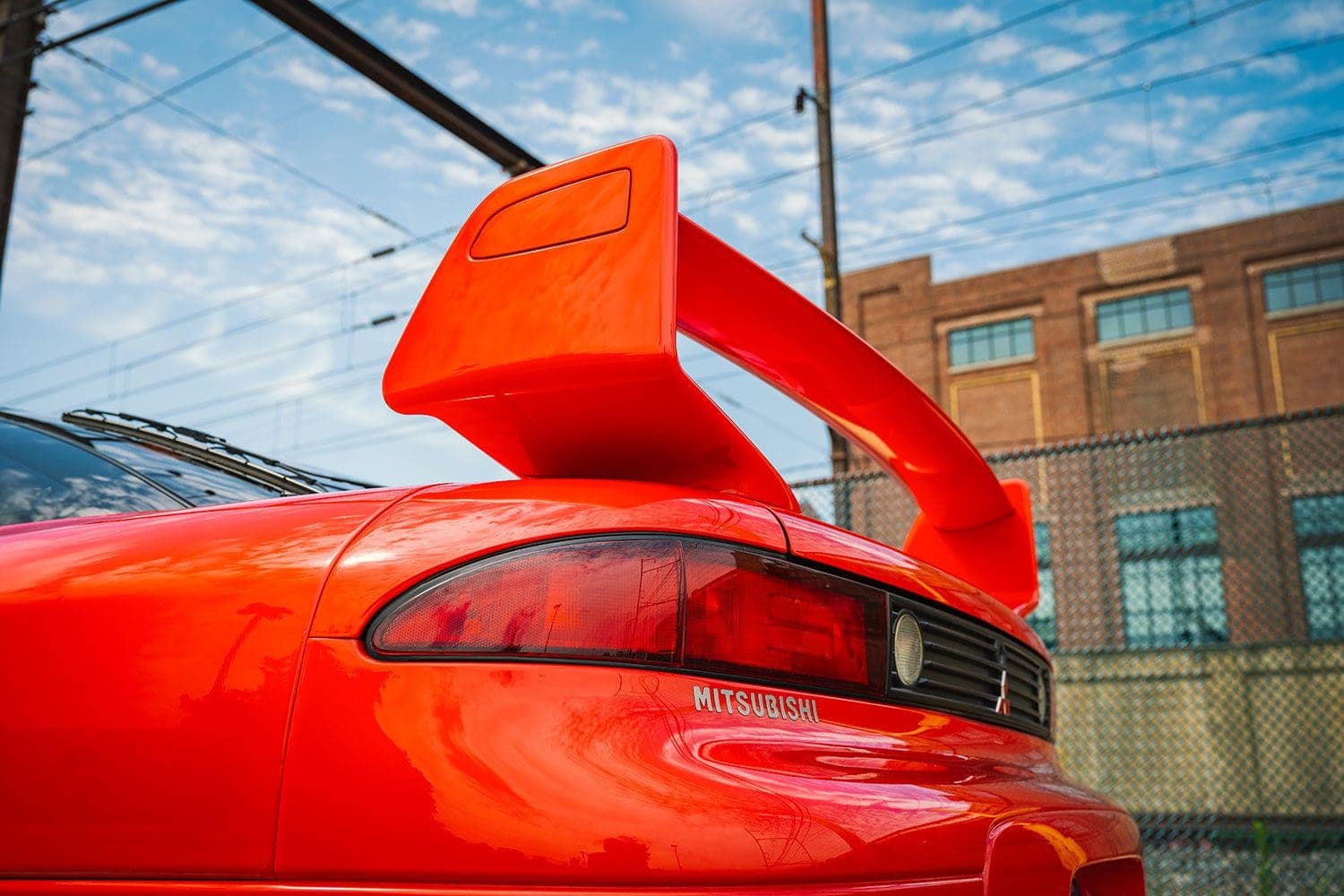
We’ve gotten through this review without any caveats about the 3000GT’s age. But the one area you might walk away disappointed is in the chassis’s stiffness. Remember that this engineering design dates back to the late 1980s. While the other Japanese super coupes had chassis seetups that were either specific to them, or at least rear-wheel drive based, the GT comes from a stretched Galant.
I place this here in the comfort section because it may affect your drive a bit. The combat wing rattles, as do the windows when you close the door. My 3000GT did it 20 years ago, and it hasn’t gotten any better. I don’t think this ruins the experience, but it’s not a car you can daily in peace.
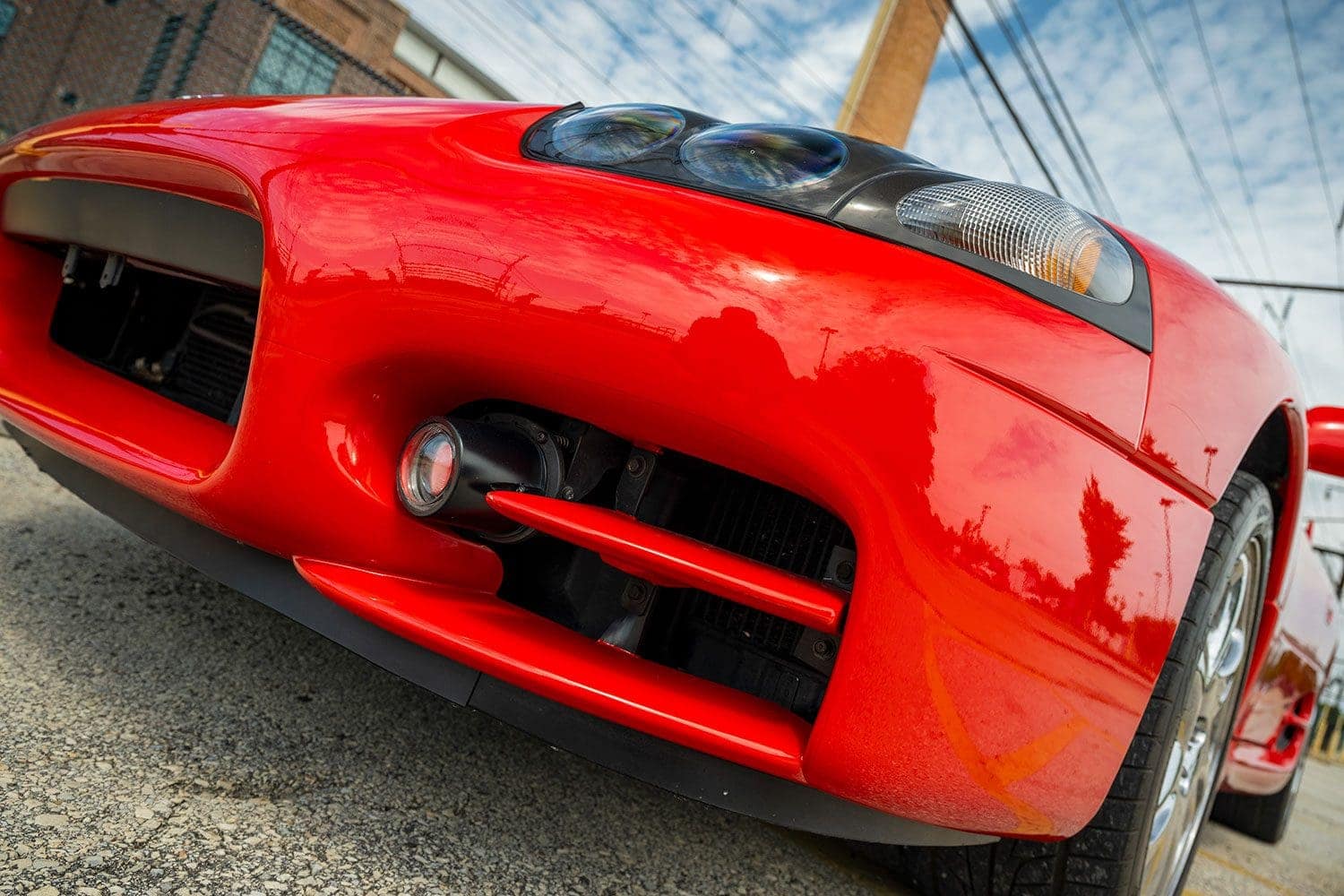
Others sport coupes to consider
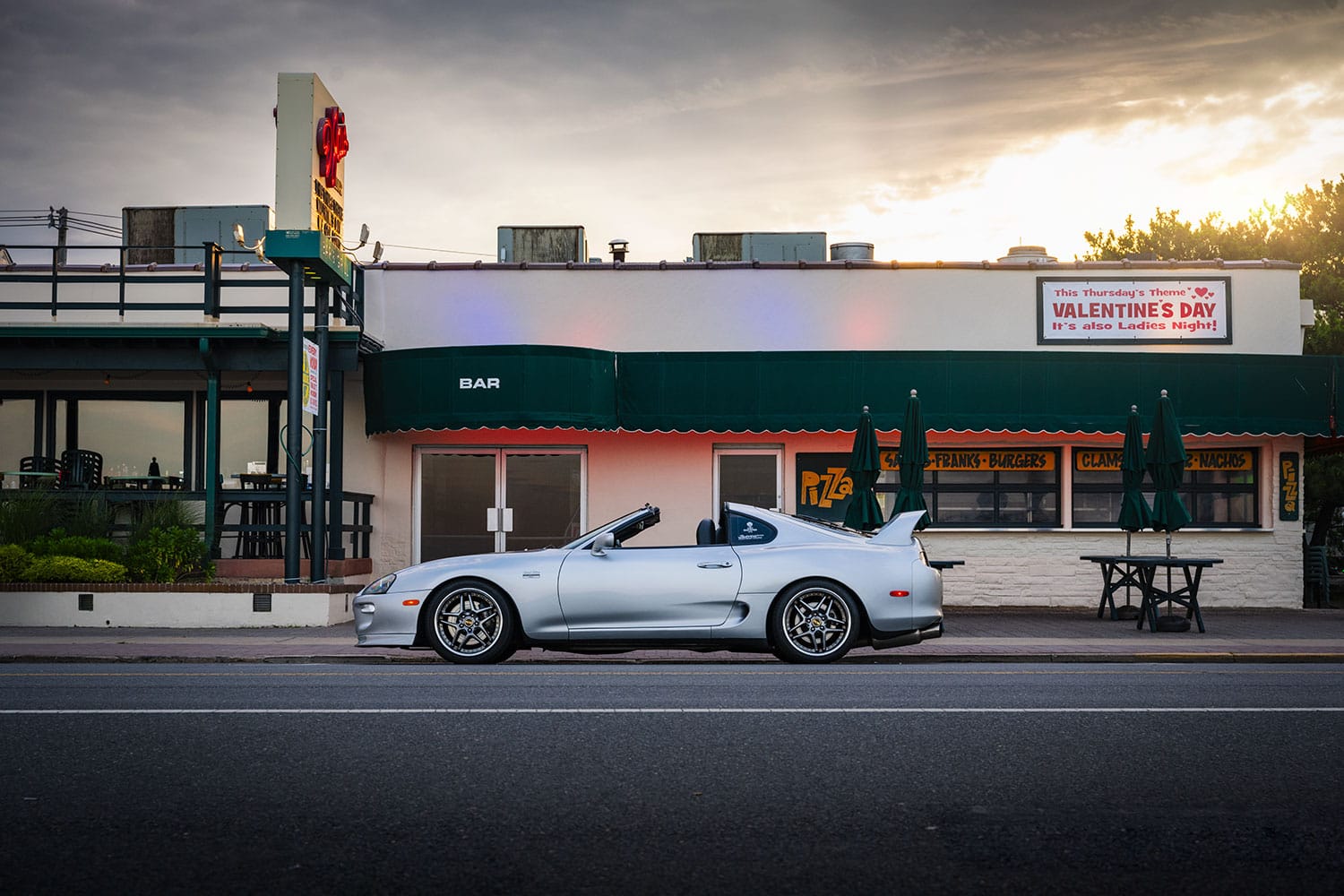
- 1997 Mark IV Toyota Supra Turbo
- 2024 Mark V Toyota GR Supra
- 2024 Nissan Z NISMO
- 2004 Ford Mustang SVT Cobra
- 2014 Nissan GT-R
- 1998 Nissan Skyine GT-R V-Spec
The Mitsubishi 3000GT was the best Japanese coupe of the 90s era.
Drive an NSX, and you’ll understand why it was called the Japanese Ferrari. But to get one, you had to spend almost $100,000 in 1999. Not really cross shopping that with a 3000GT.
We can pick apart the others for various reasons, but none are losers by any means. The 3000GT was part of a group of cars from Japan that truly defined halo car. Parking a GT in the showroom next to a Galant or Mirage truly elevated the profile of the commuter mobile.
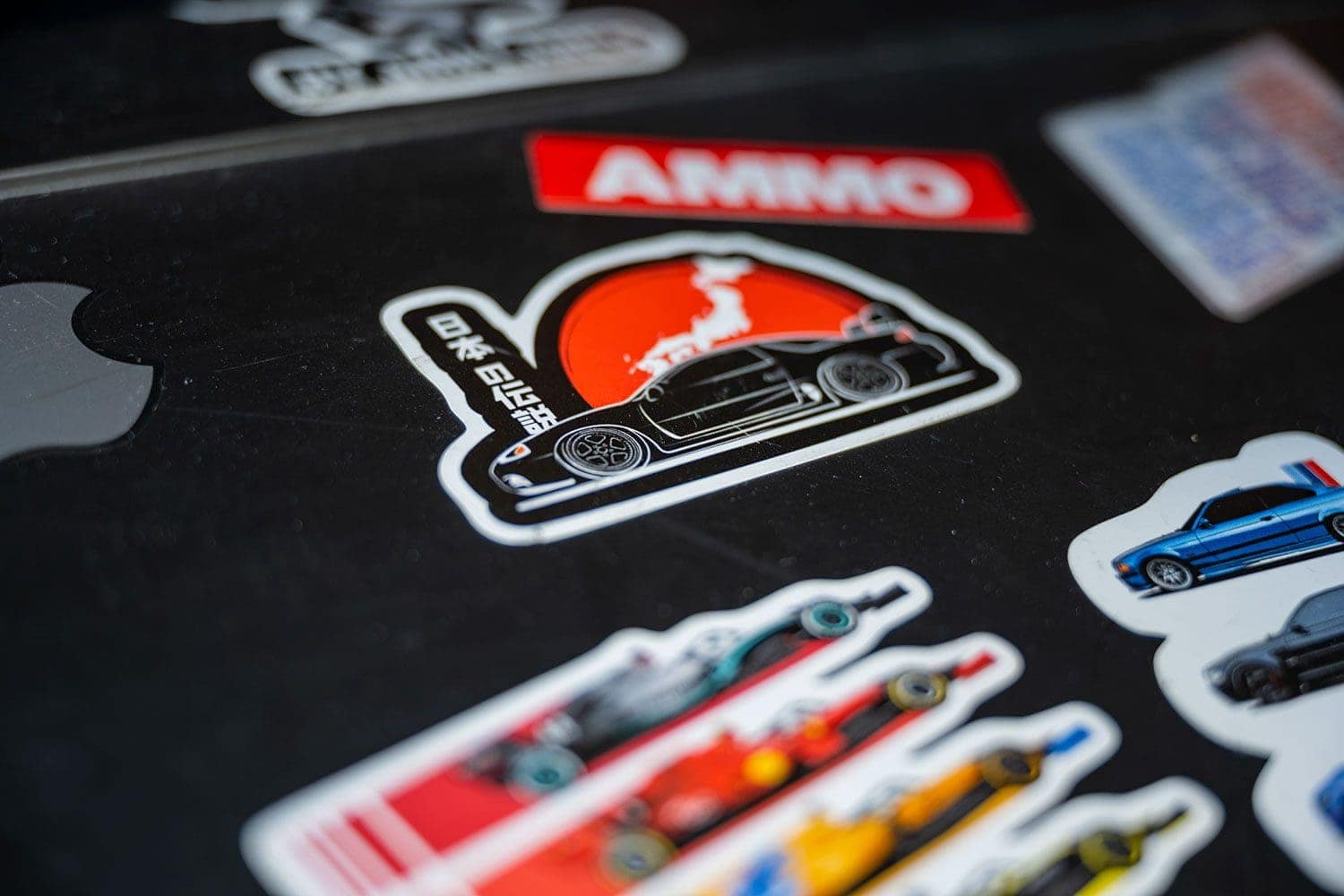
The VR-4 was never perfect, but it never needed to be. This car represented the pinnacle of technology from a car maker that was never known for beauty or particularly sporty cars. Combine its power, comfort, luxury features and fun-to-drive factor, and it’s a recipe not matched by any of its contemporaries.
Frequently Asked Questions about the 1999 Mitsubishi 3000GT VR-4
Is the Mitsubishi 3000GT rare?
That depends on a few factors.
Taken as a whole, the 3000GT was produced in larger numbers, and for a longer period of time, in comparison to contemporaries like the Nissan 300ZX, Toyota Supra, and Mazda RX-7. Over 86,000 3000GT/Dodge Stealths were produced around the world from 1991 – 1999. So no, overall the 3000GT is not rare.
But if you look closer at specific models, the car becomes much more rare. The 1998 3000GT VR-4 had just 231 produced here in the U.S., and the 1999 model had just 287. Just 650 3000GT Spyder convertibles were made as well.
The most coveted model is the VR-4, and over 16,416 were made over the course of its nine-year production run.
Is the Dodge Stealth just a 3000GT?
Yes – the Dodge Stealth is mechanically identical to the 3000GT, but had unique exterior styling and never featured Active Aero.
The Stealth had base, ES, R/T, and R/T Turbo models, while the 3000GT had base, SL, and VR-4 trims. The Stealth was never made in a Spyder version, and production ceased after 1996, while the 3000GT went on until 1999.
Dodge was responsible for the overall style of both cars (Mitsubishi would tweak the 3000GT on their own), while Mitsu handled the mechanical bits. Inspiration for the styling was taken from the 198 Dodge Intrepid show car, and you can see the resemblance in both the front and rear end.
Mitsubishi utilized their HSR II concept car, which featured tech like computer-controlled all-wheel drive and active aero that would later be used on the HS concept car, an eventually the 3000GT.
Is the 3000GT a fast car?
It was considered fast for its time, with a 0-60 time of 5.1 seconds and a quarter-mile time of 13.9 seconds at 100 MPH, according to Car & Driver.
To put that in modern perspective, a 2025 BMW M3 Competition, with a twin-turbocharged V-6 and all-wheel drive, will reach sixty in just 2.8 seconds.
Are all 3000GTs all-wheel drive?
No, only the VR-4 model was produced with all-wheel drive. The Base and SL models were front-wheel drive.
The 3000GT was built on the same platform as Mitsubishi’s Galant and Diamante sedans, both of which were front-wheel drive.


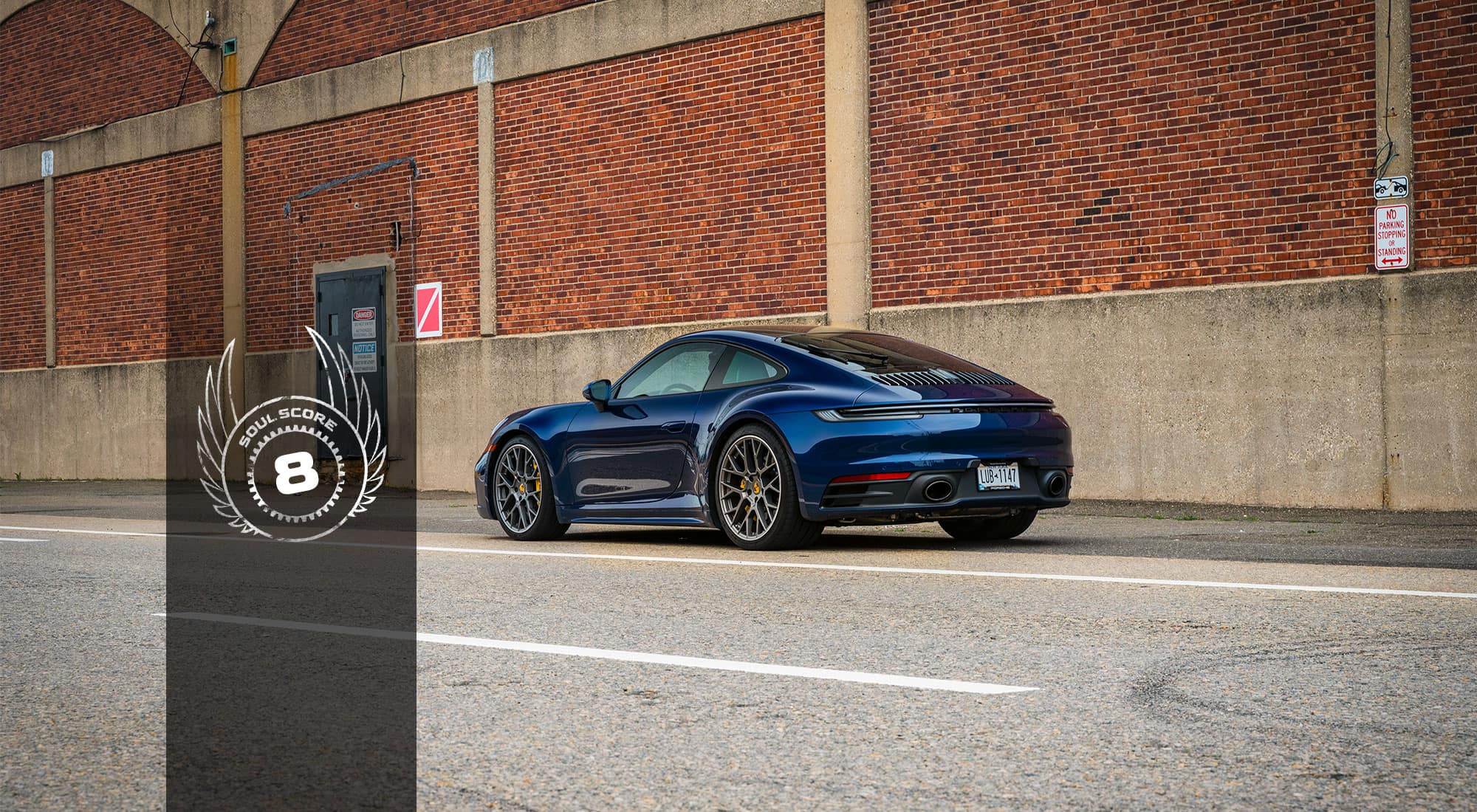
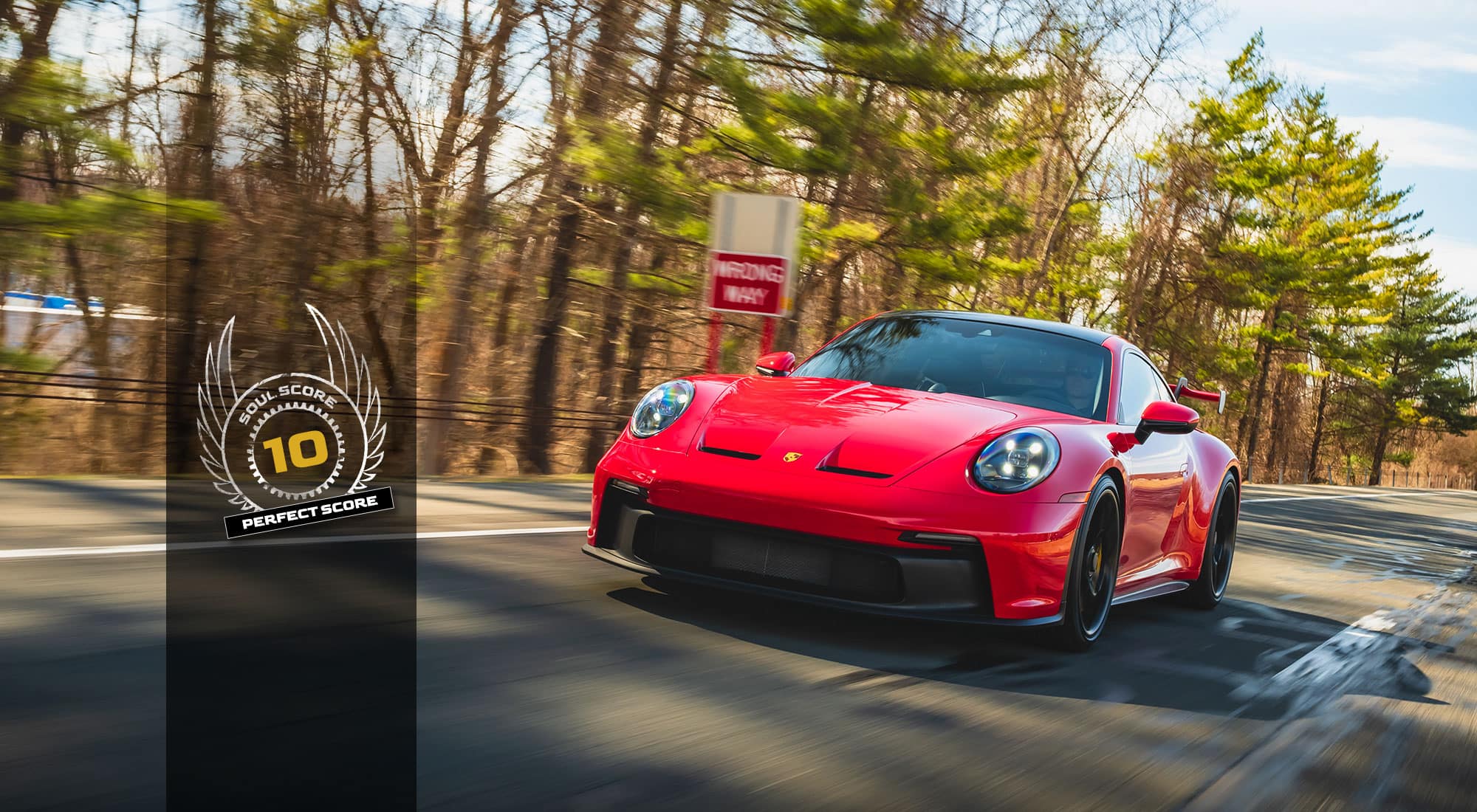
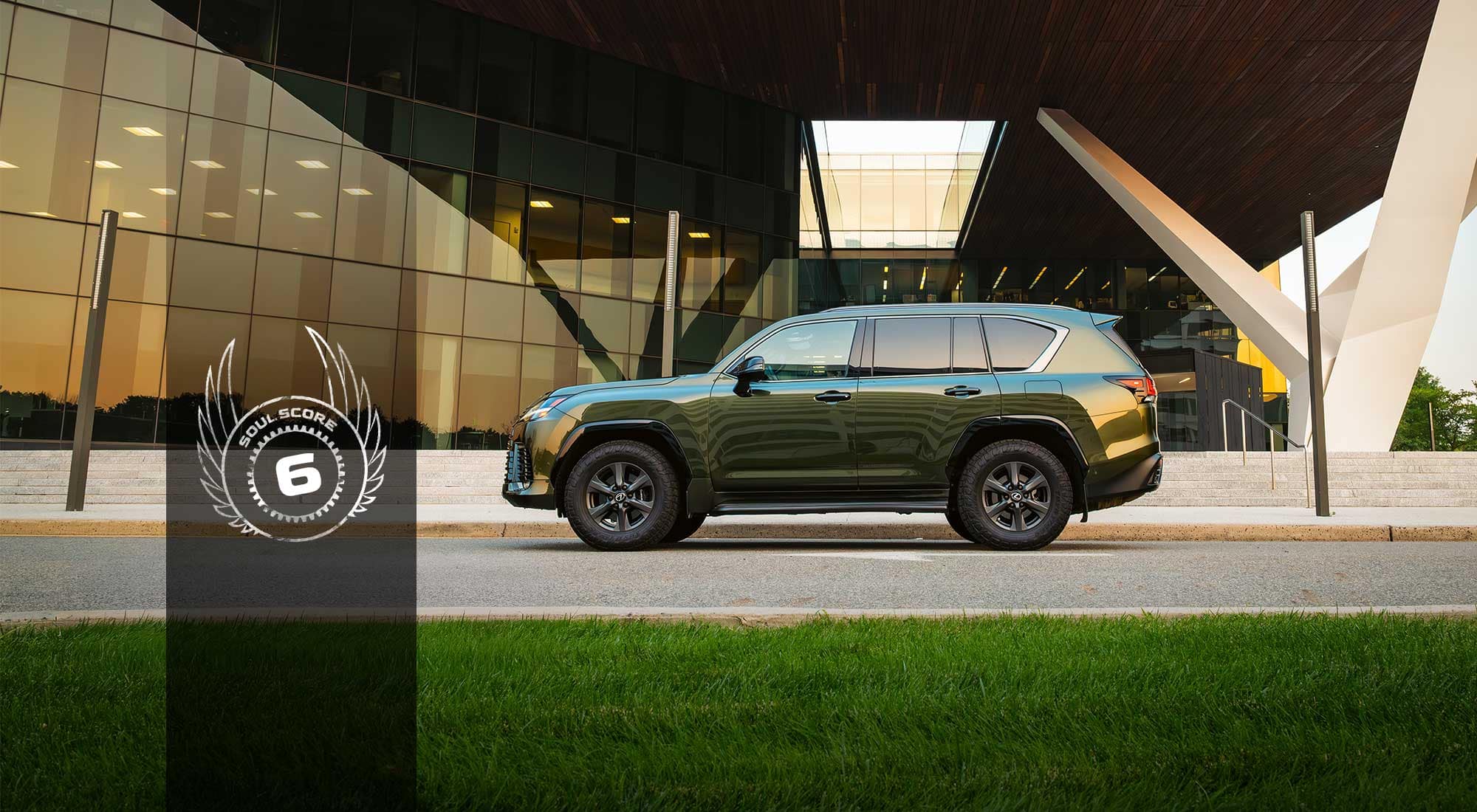
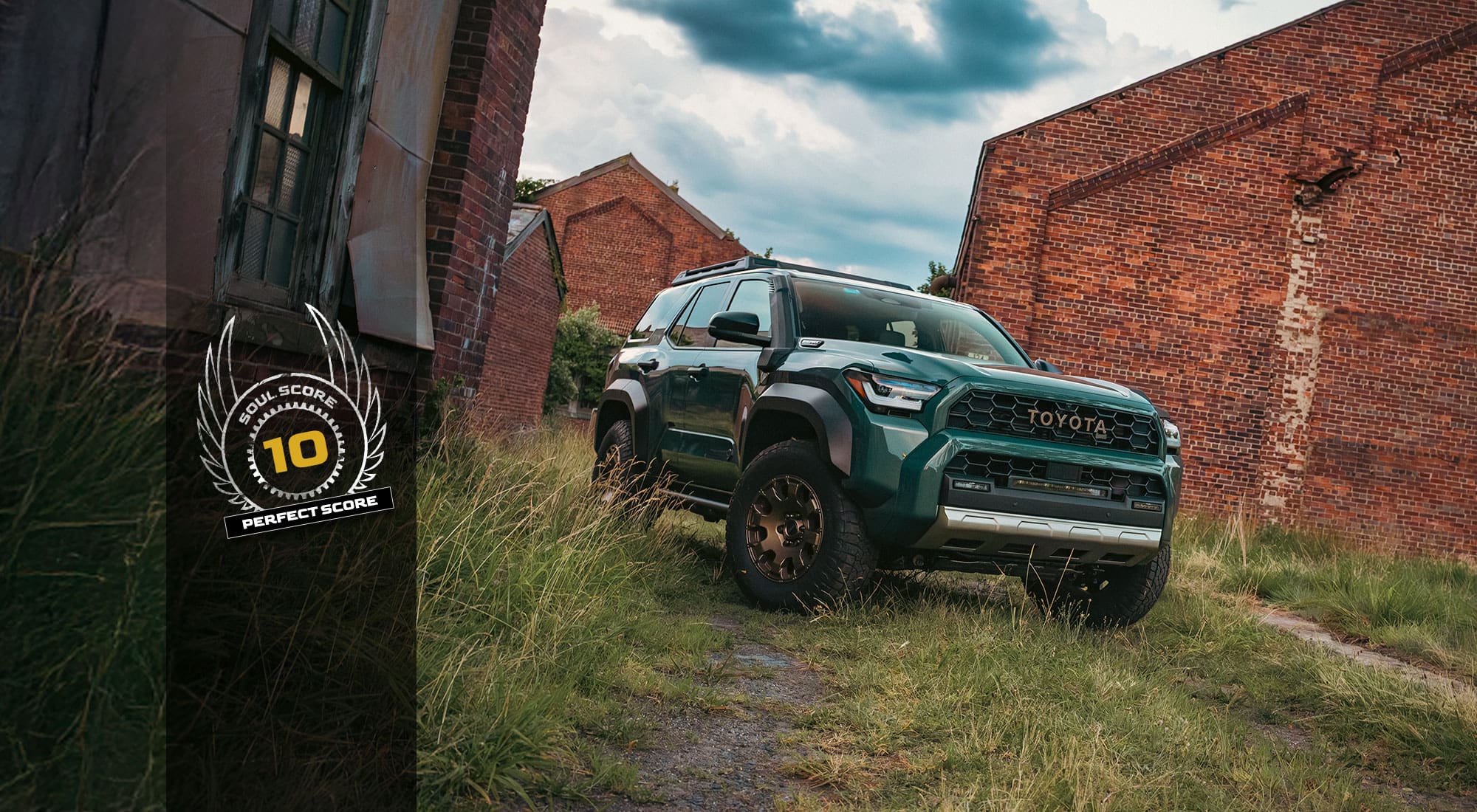

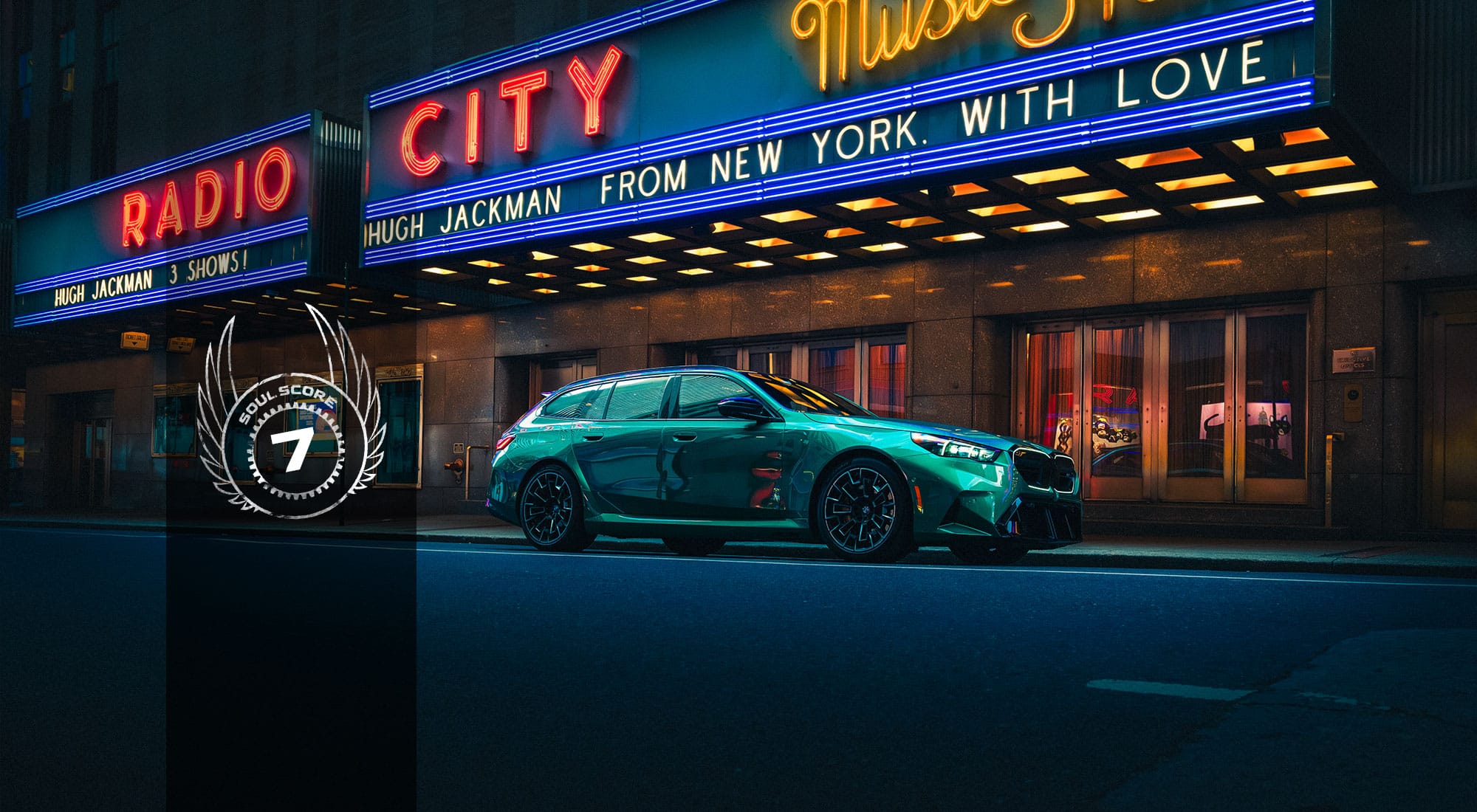
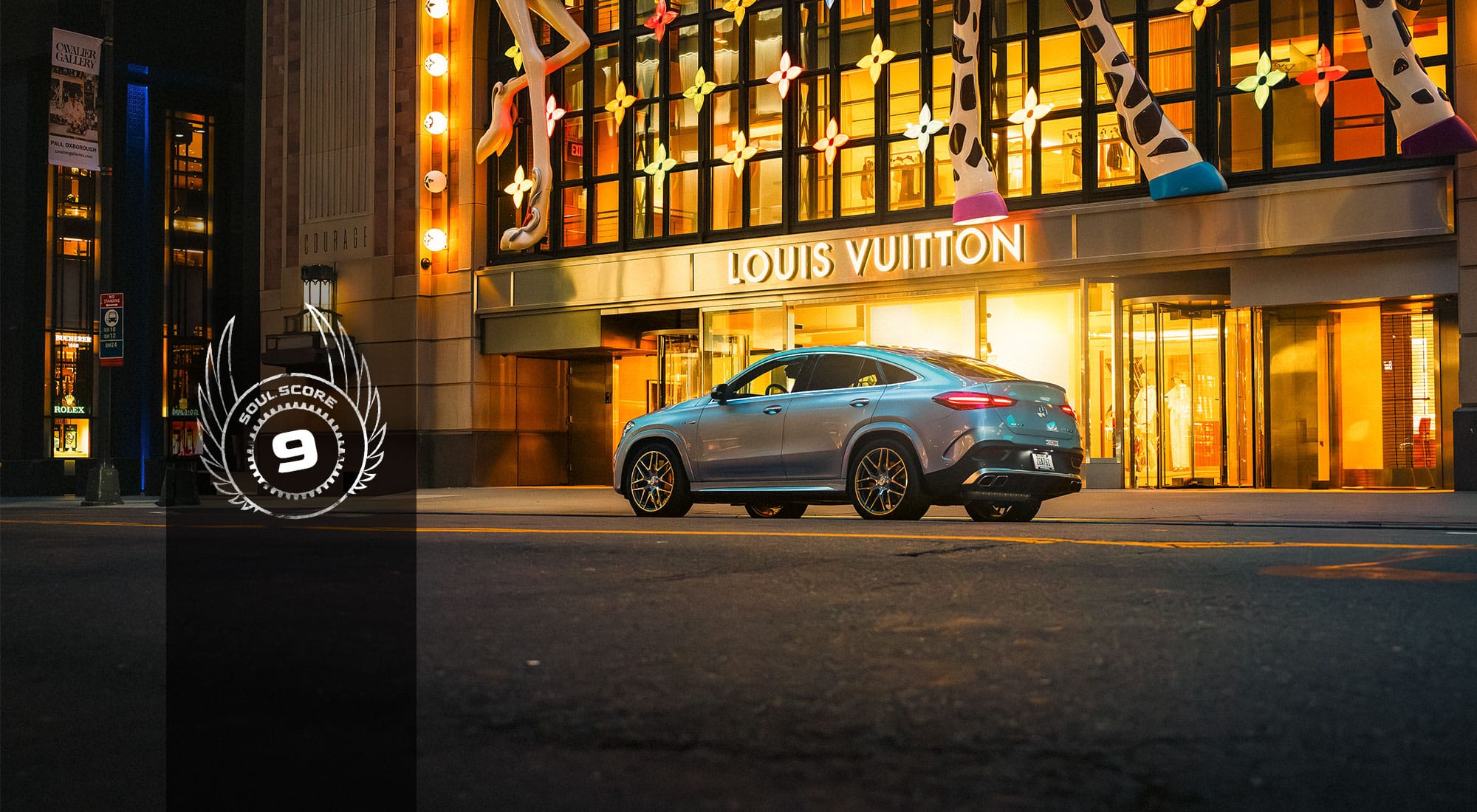
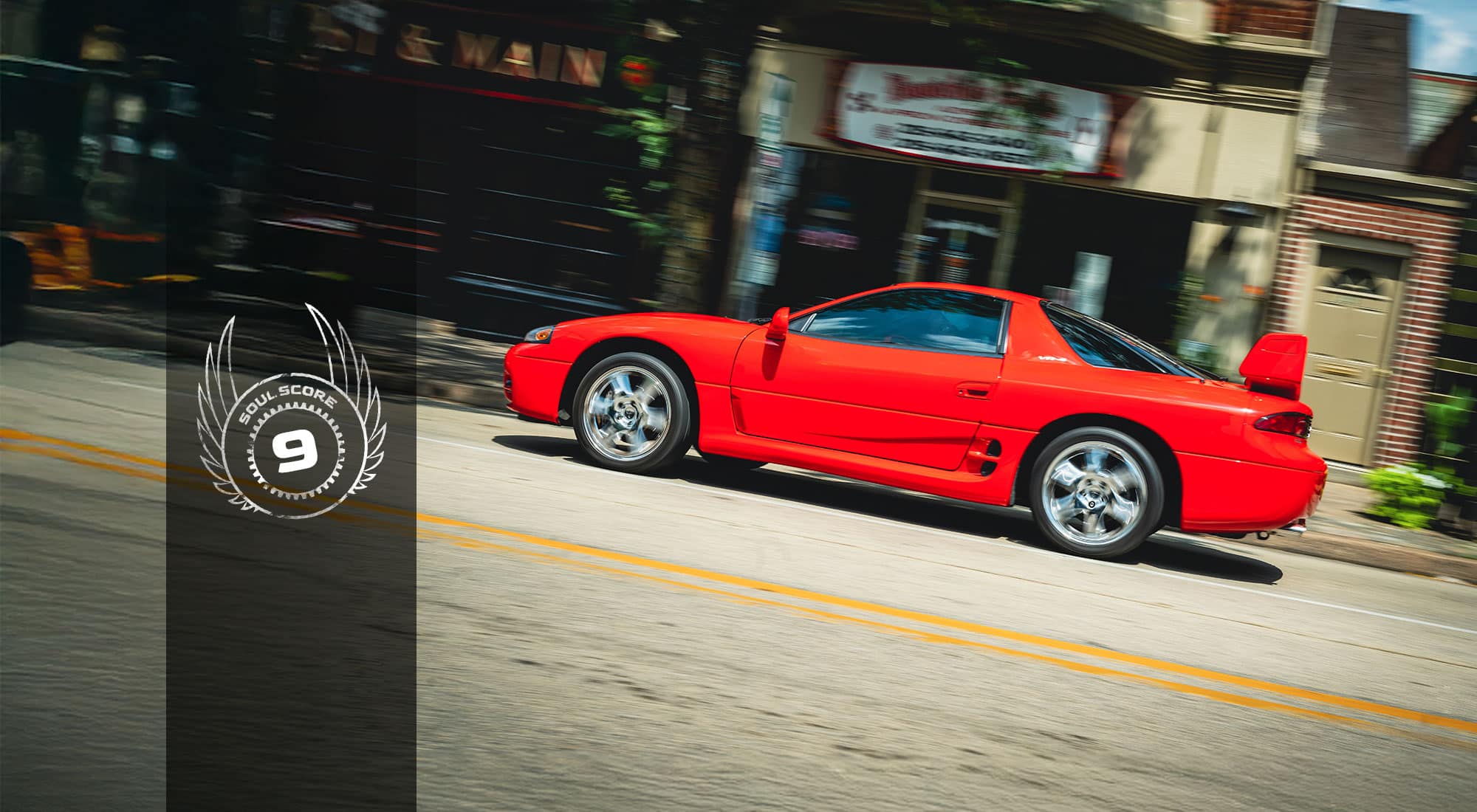
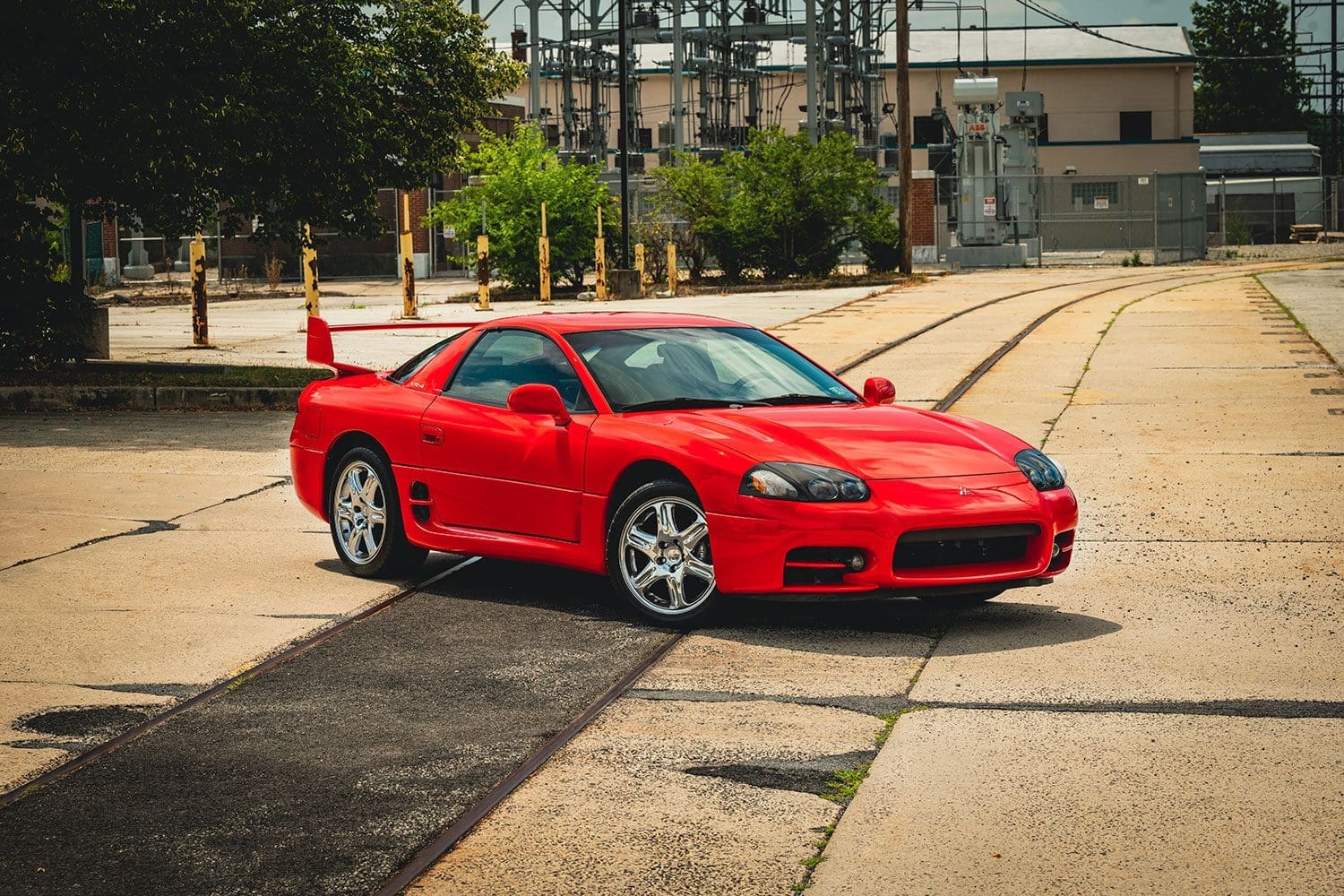
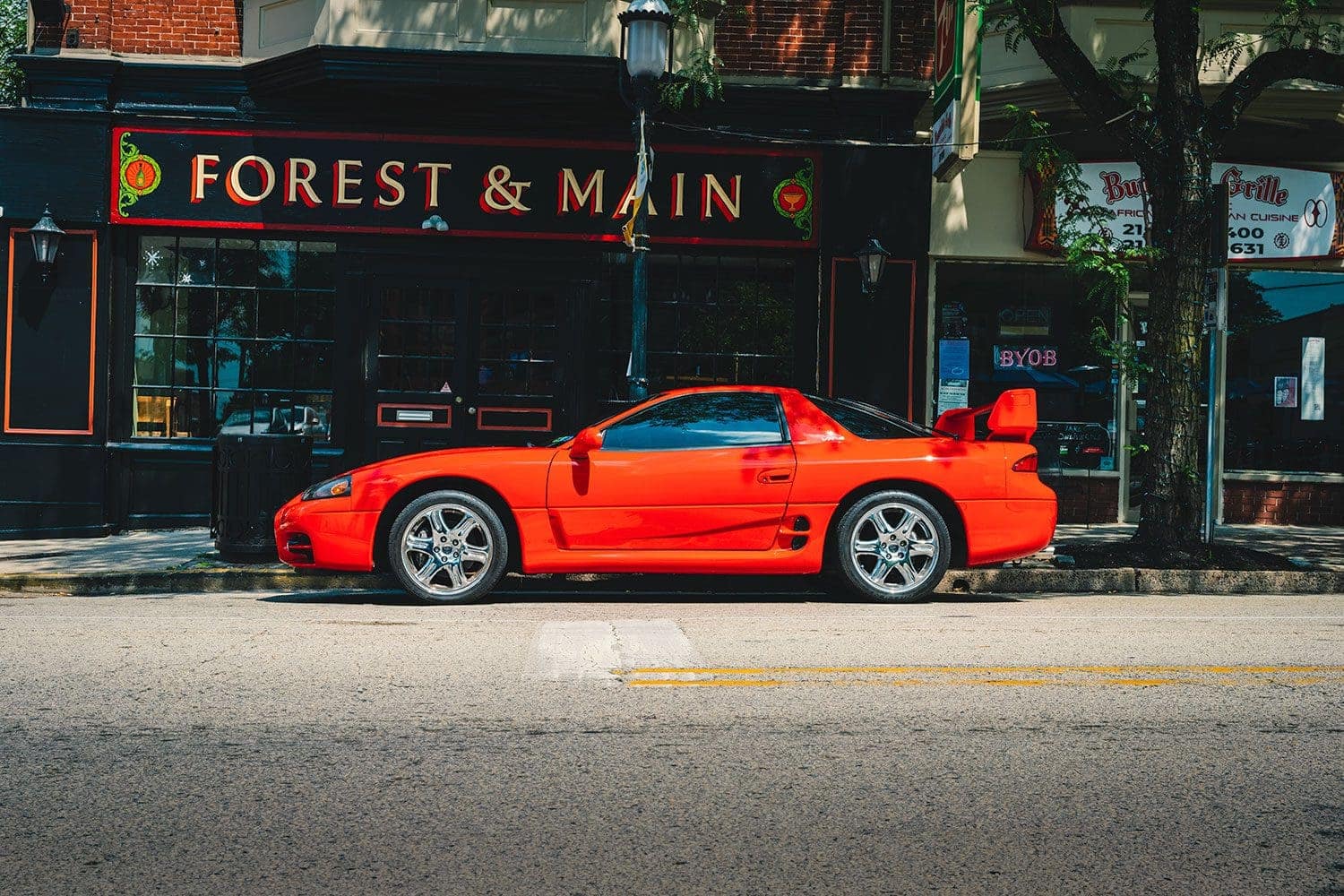
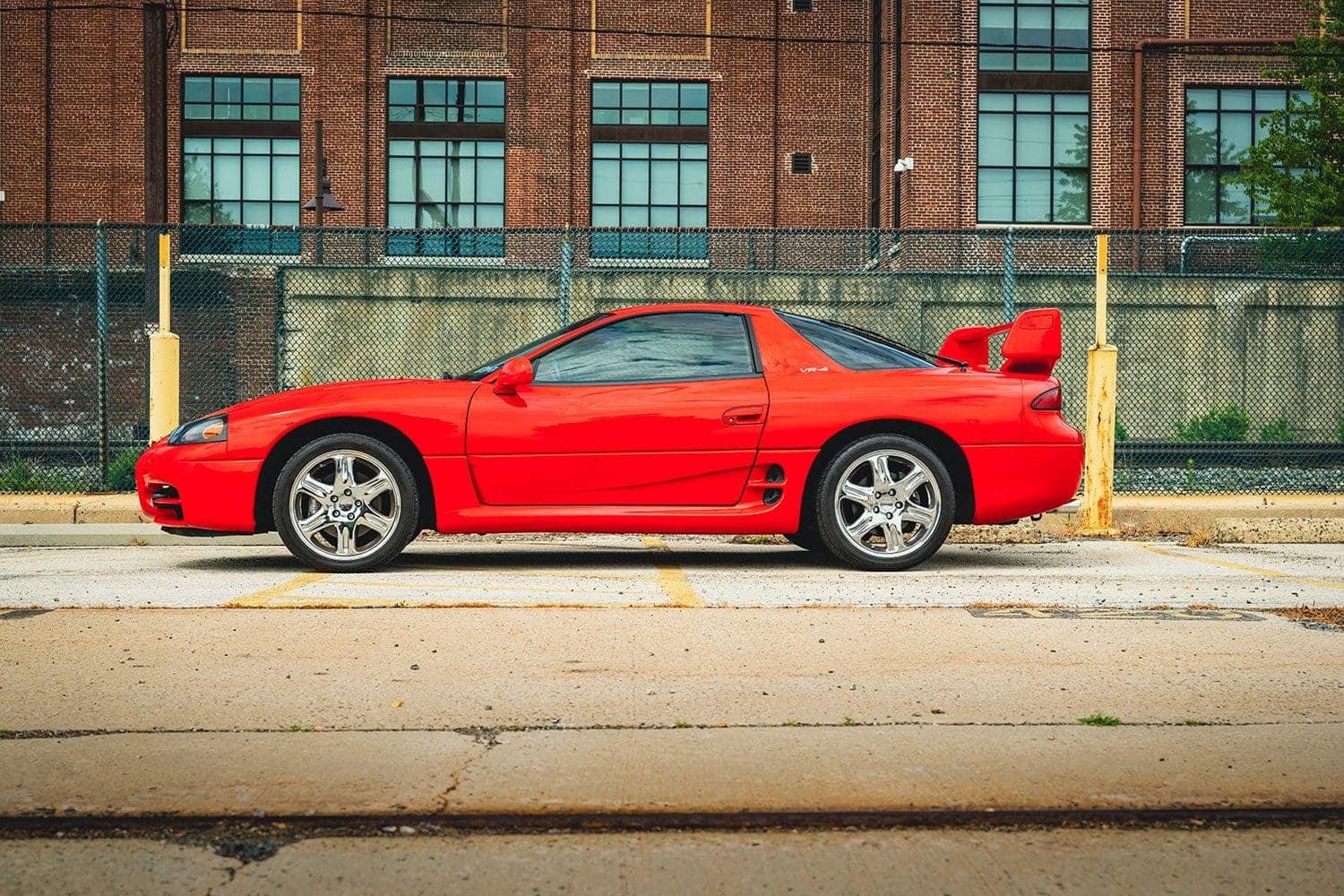
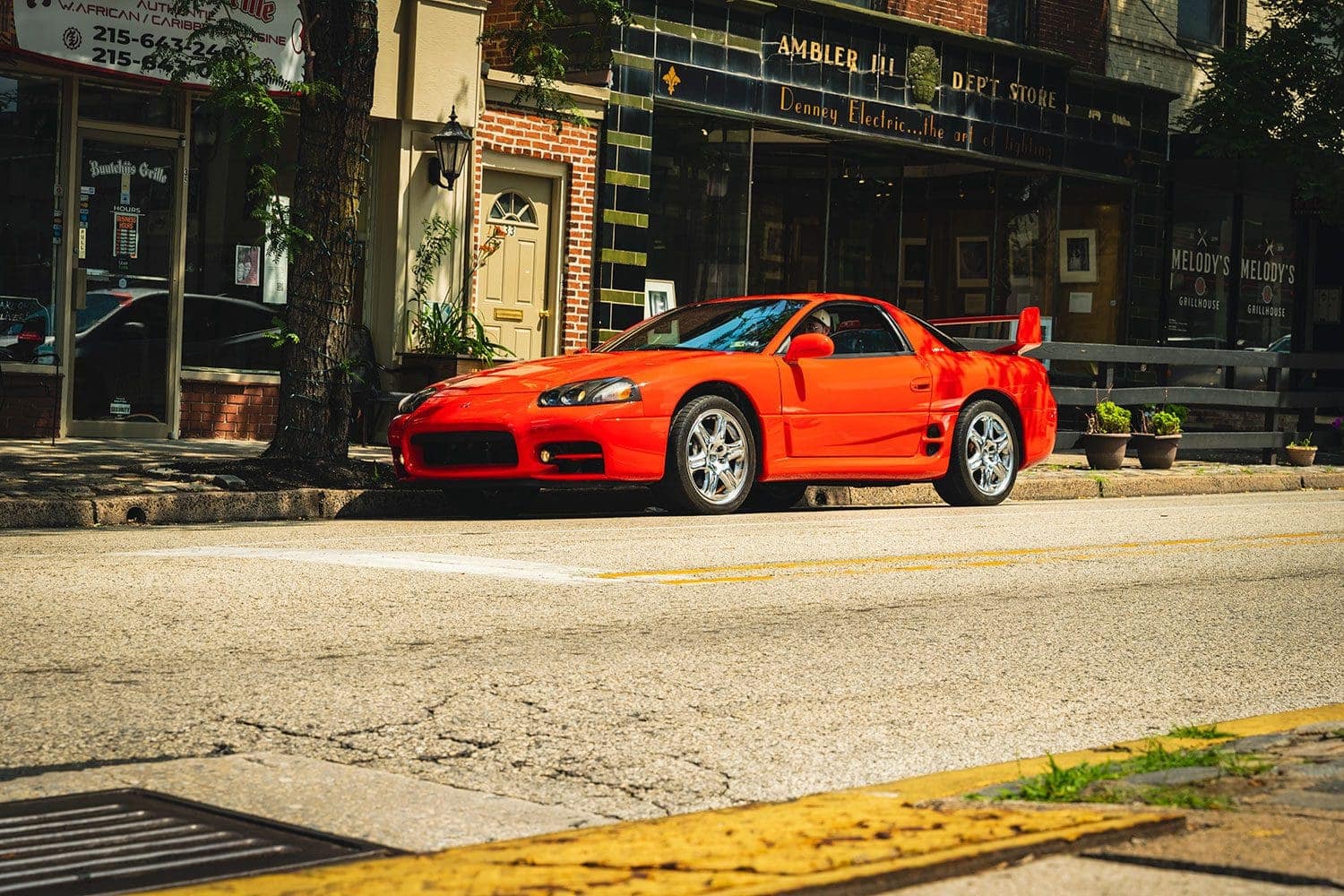
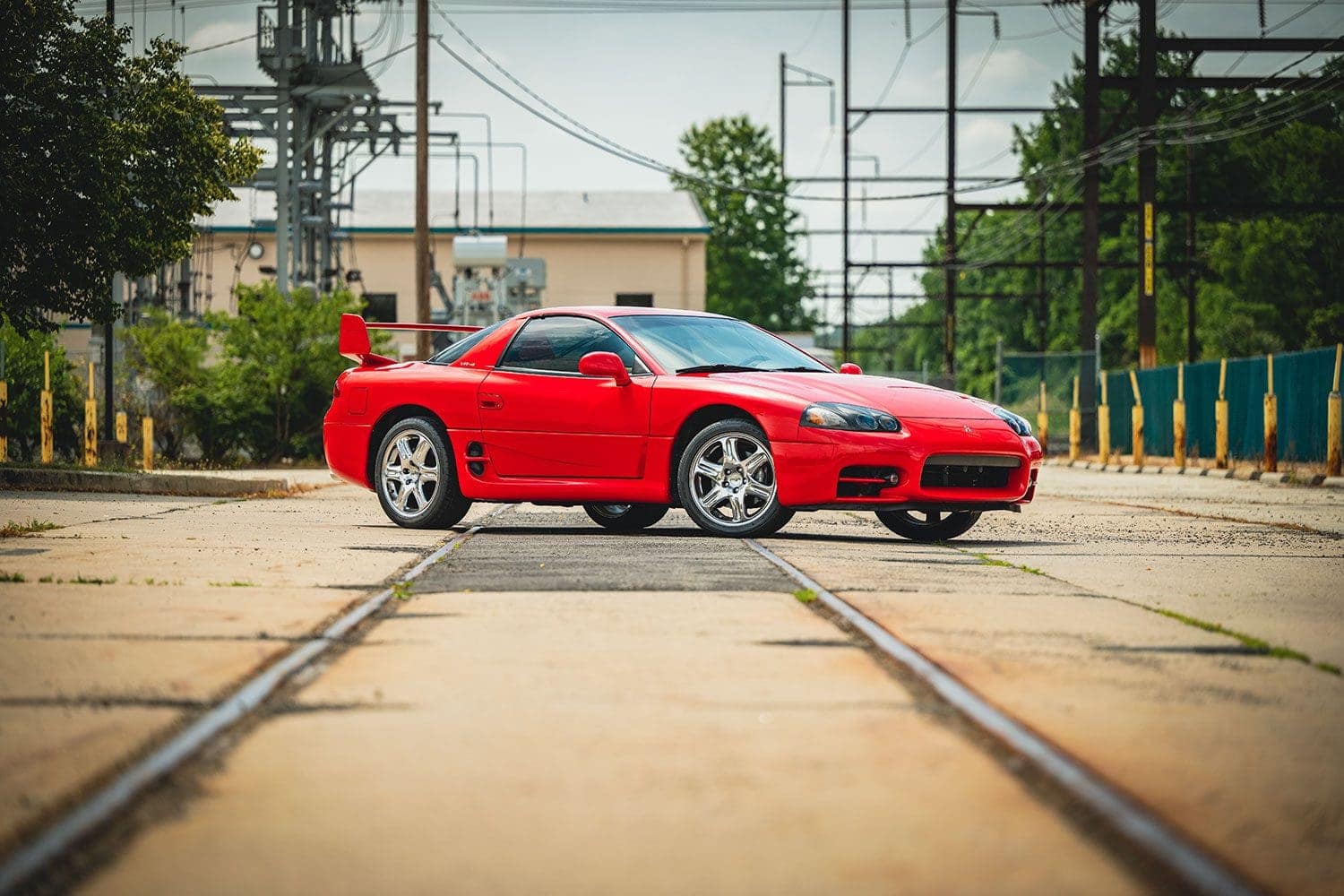
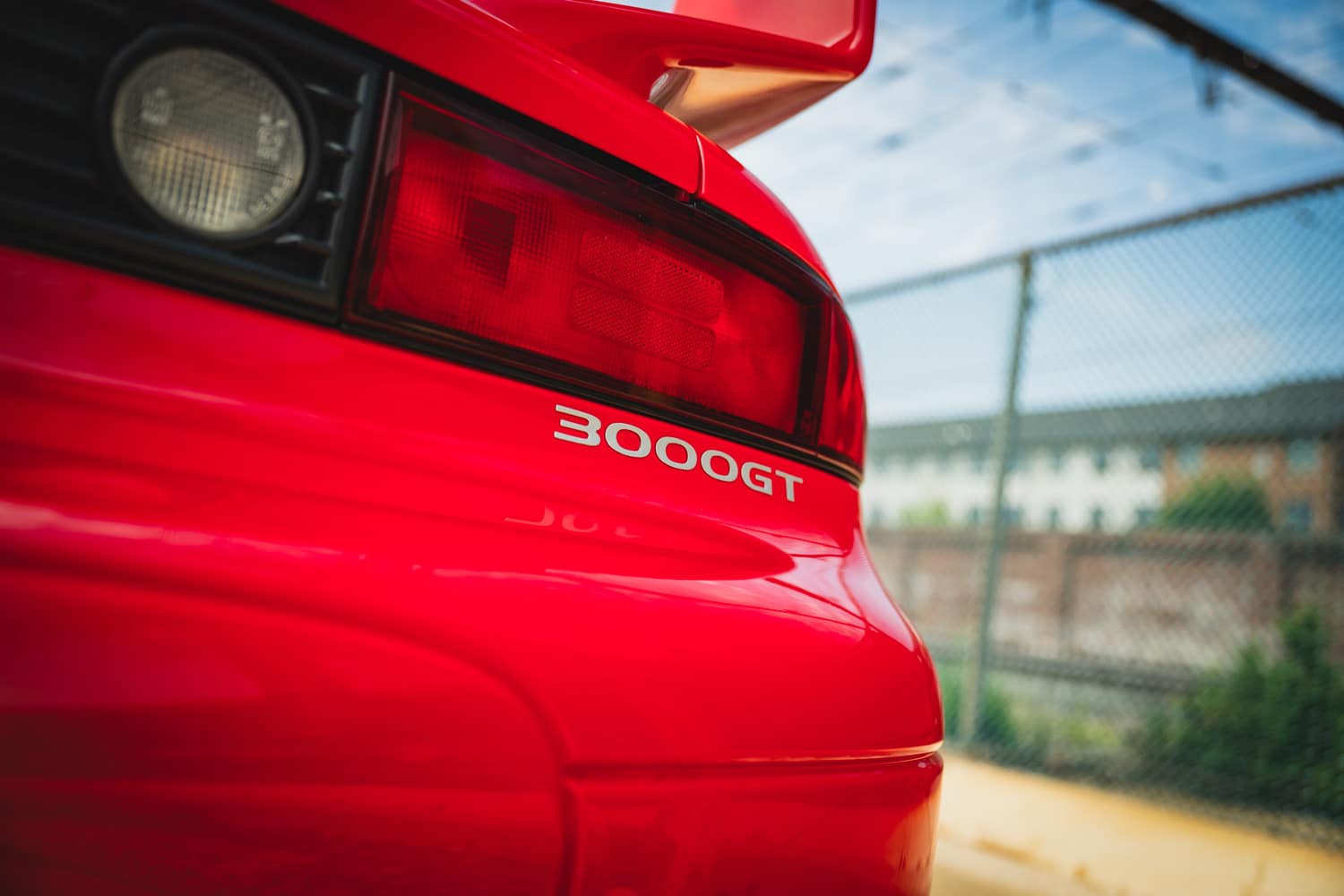
2 thoughts on “The 3000GT VR-4 is better than a Toyota Supra”